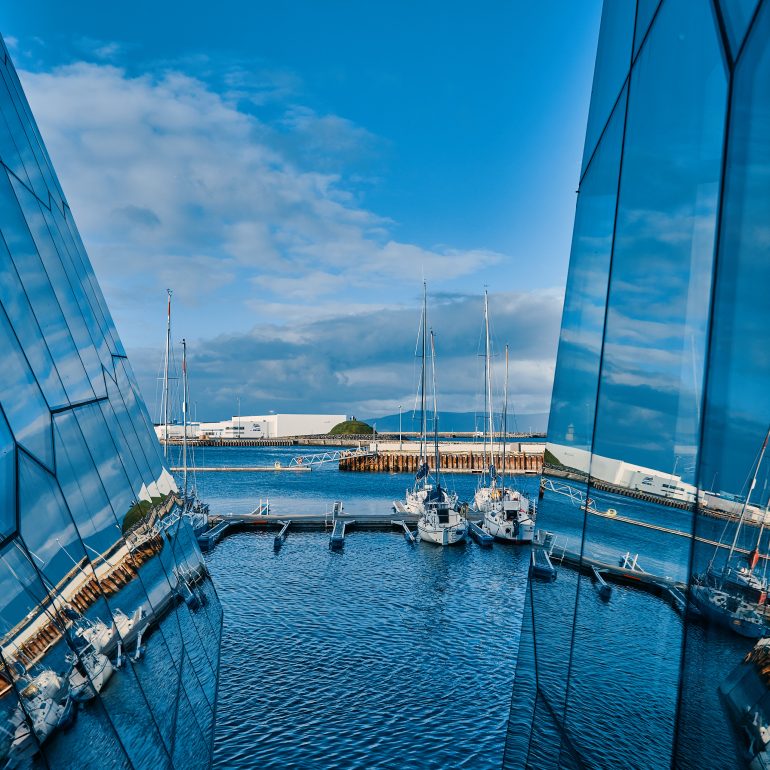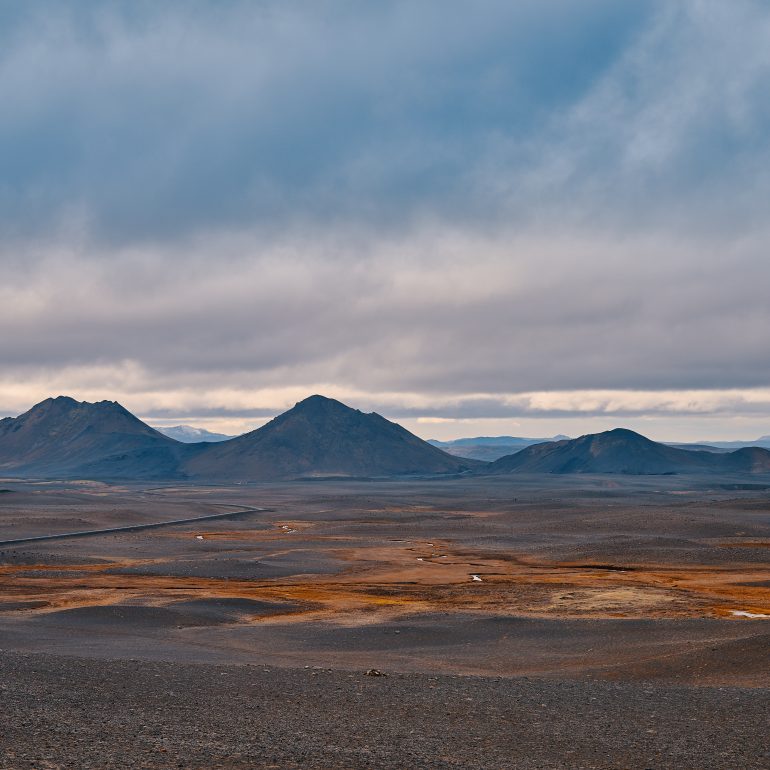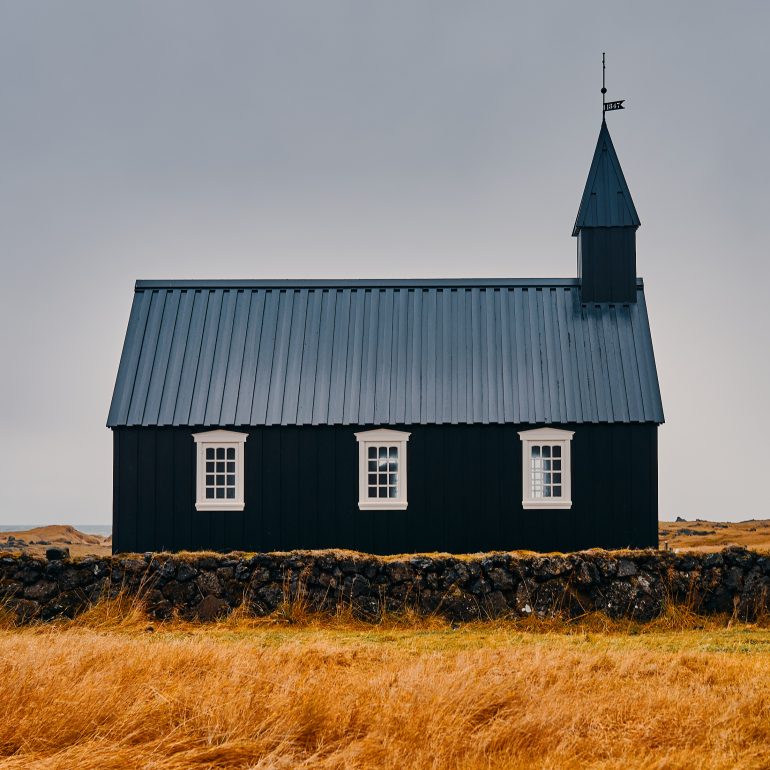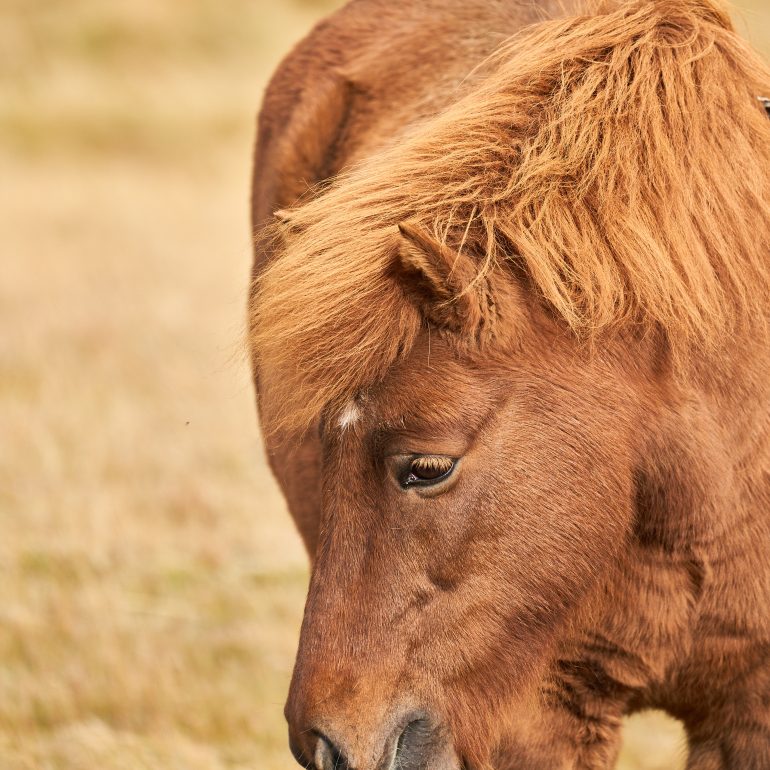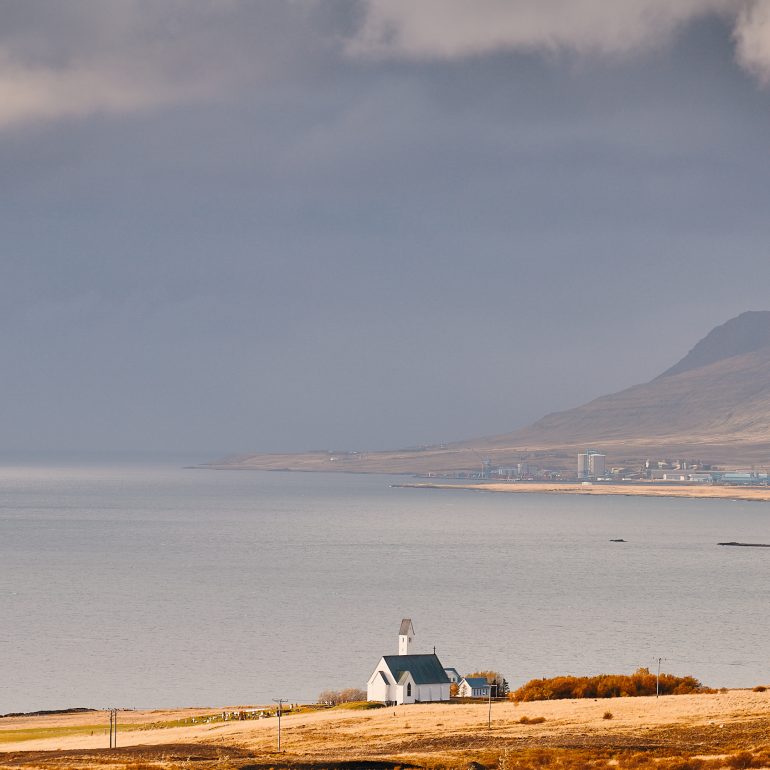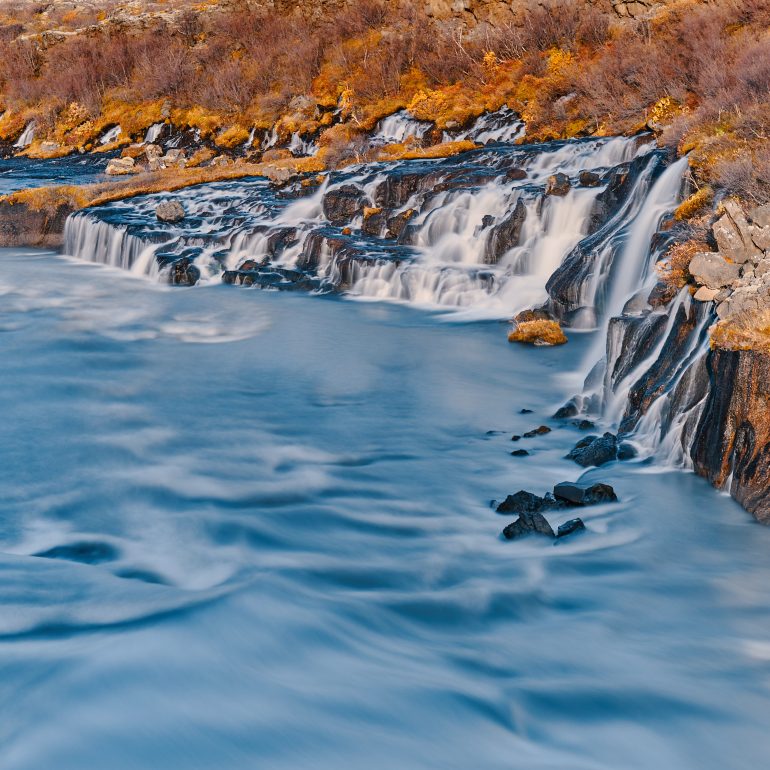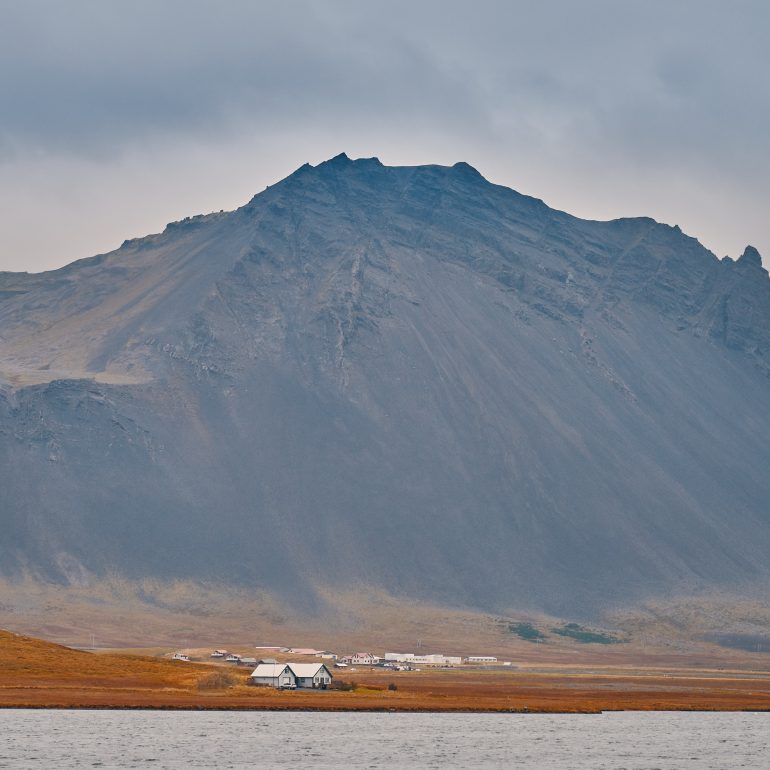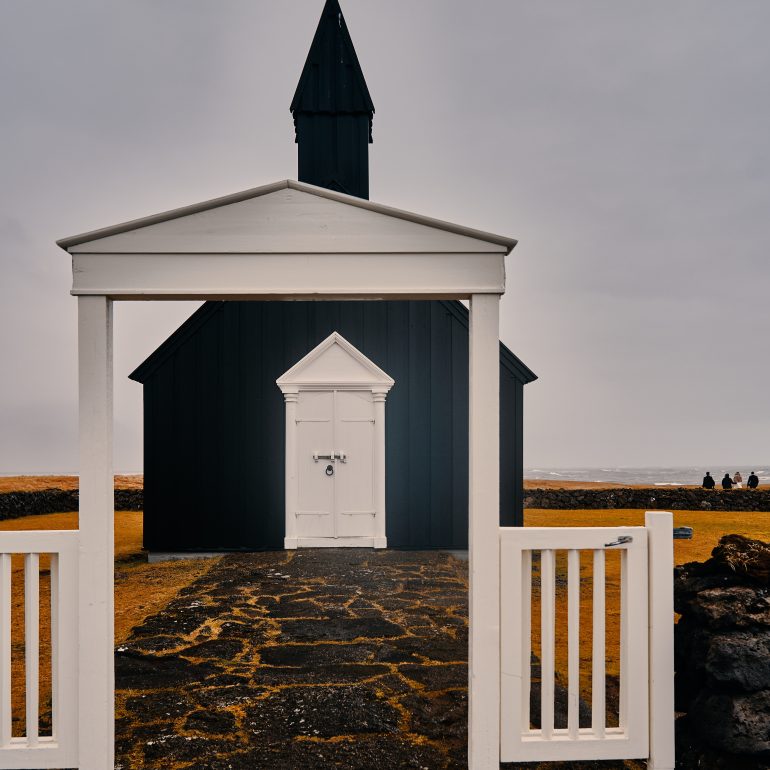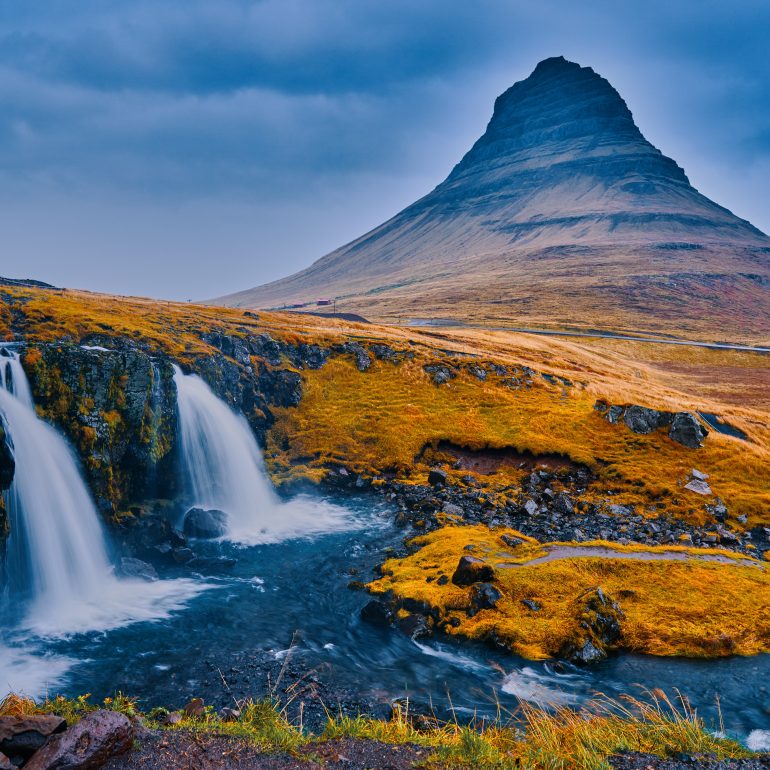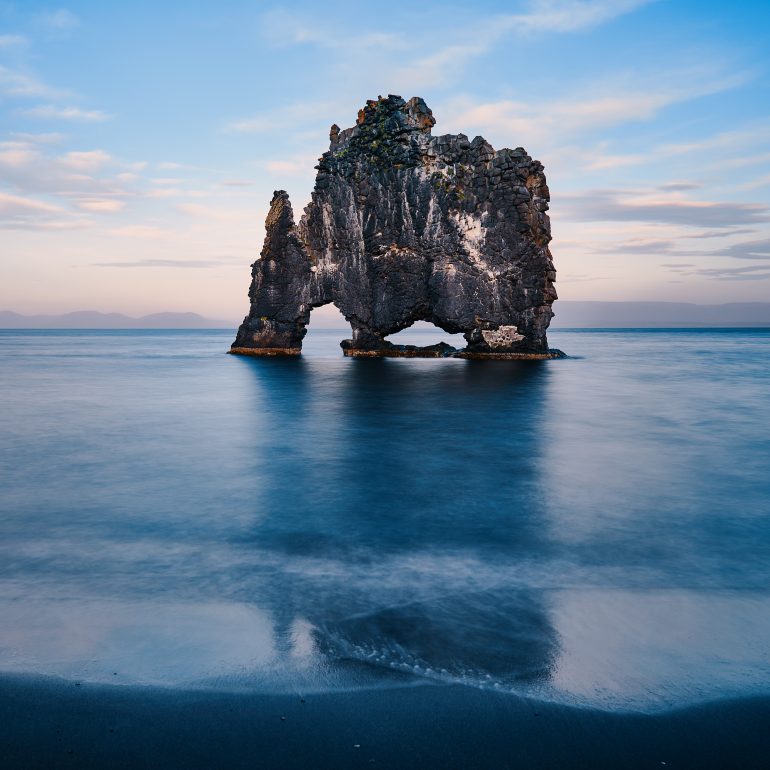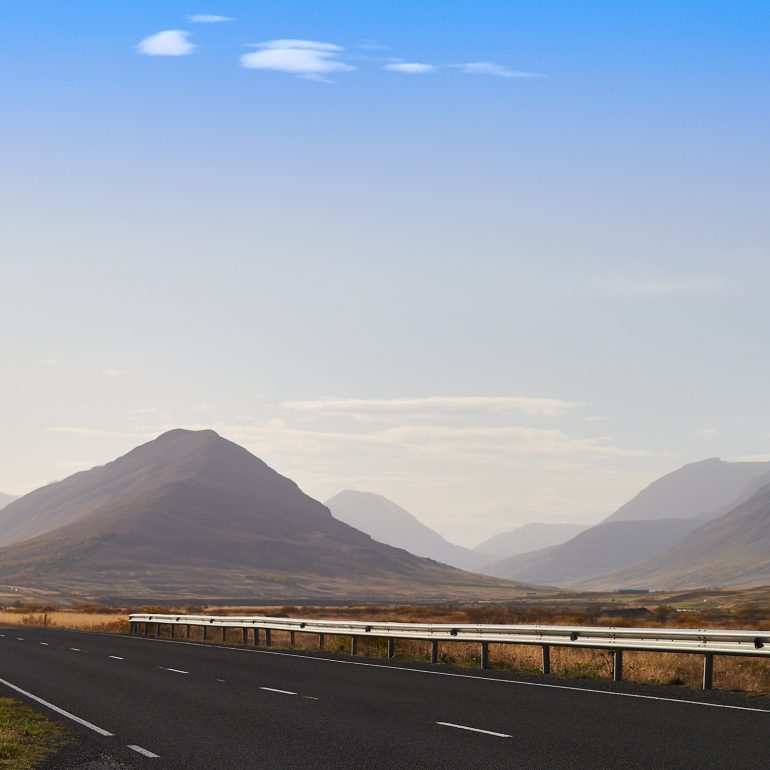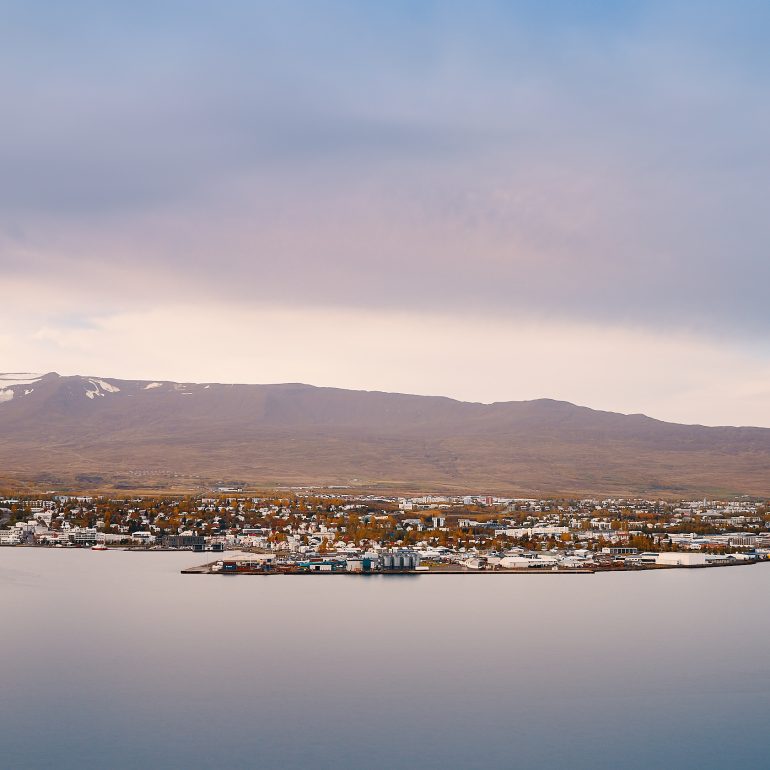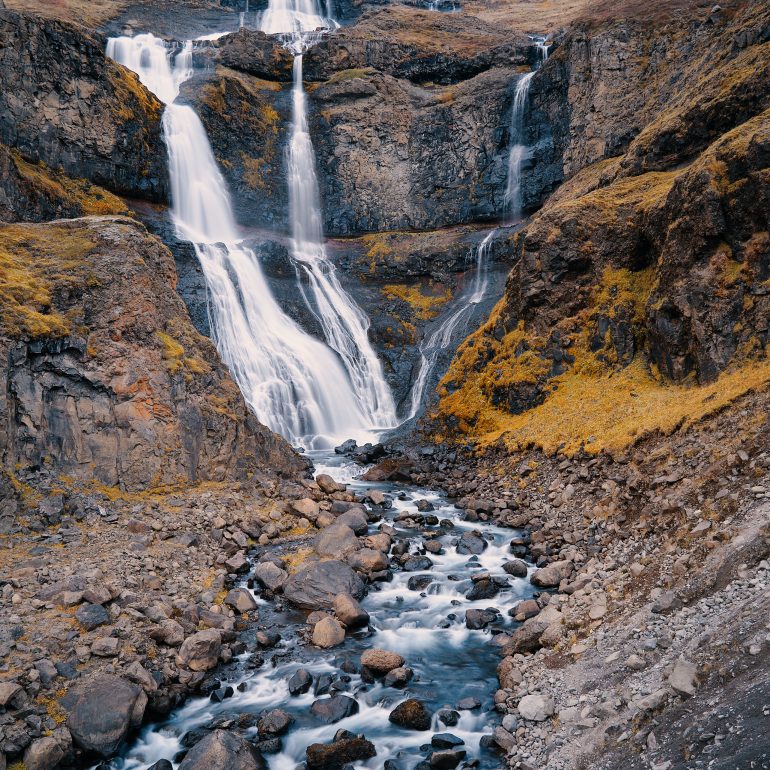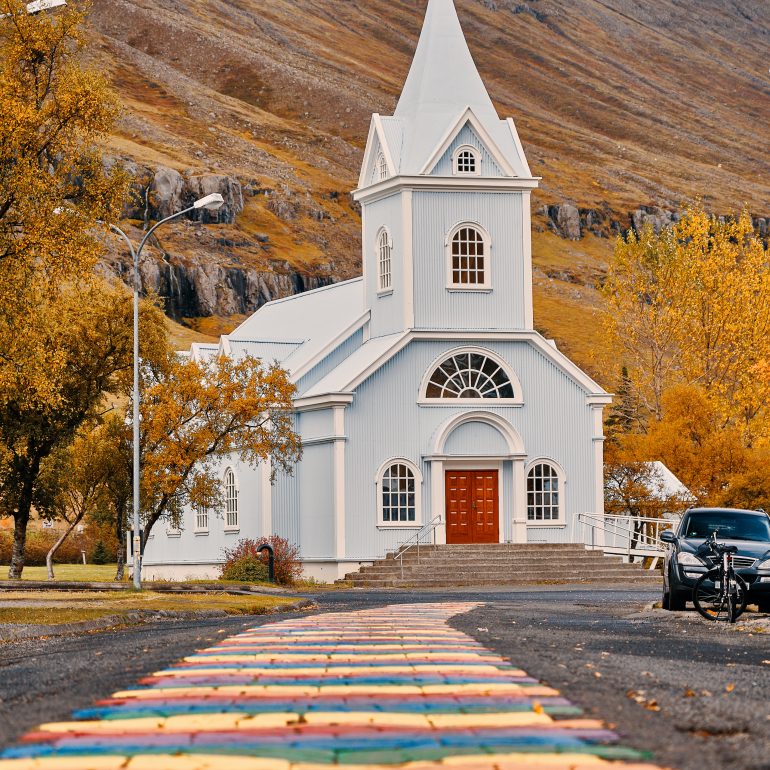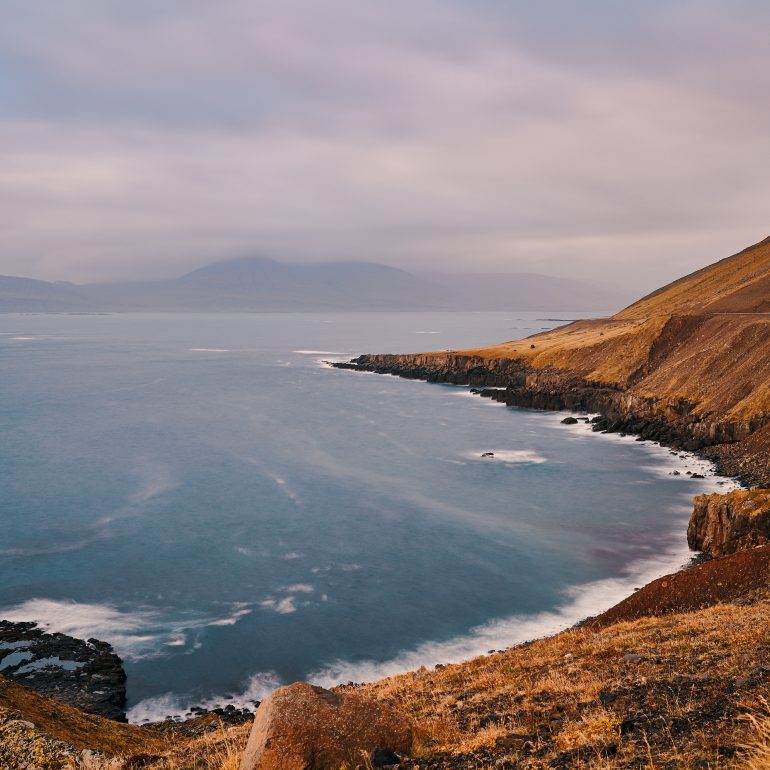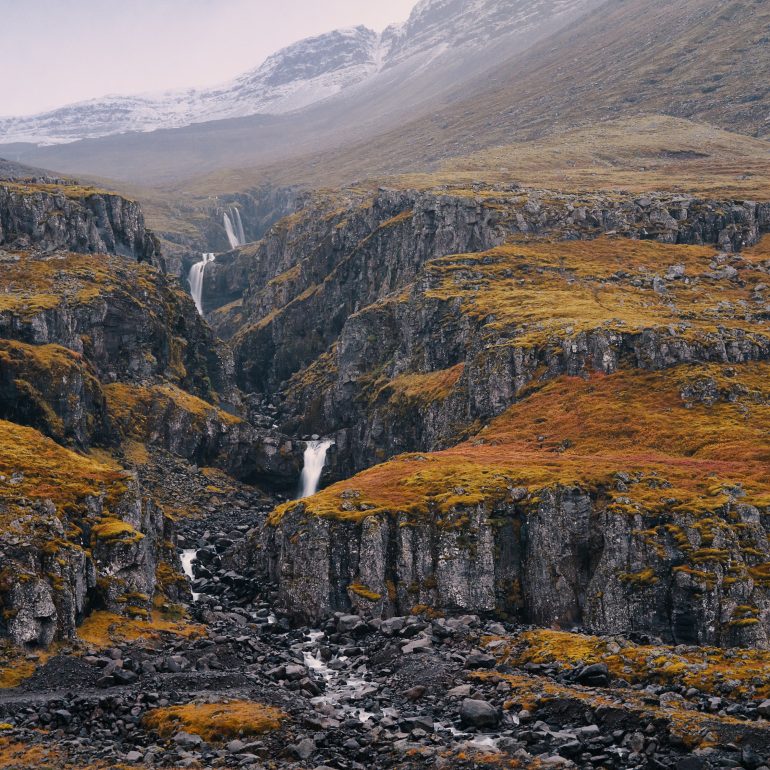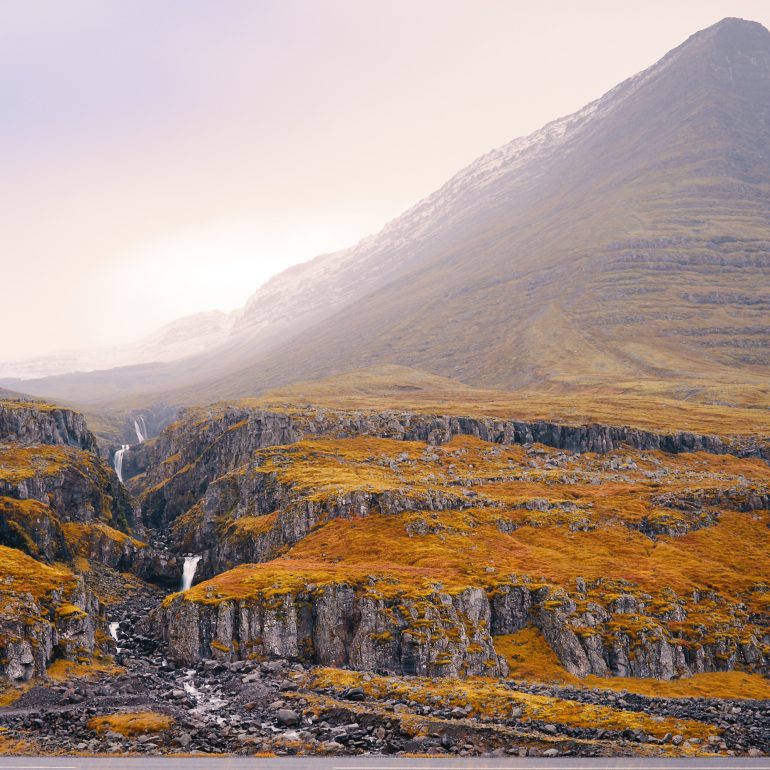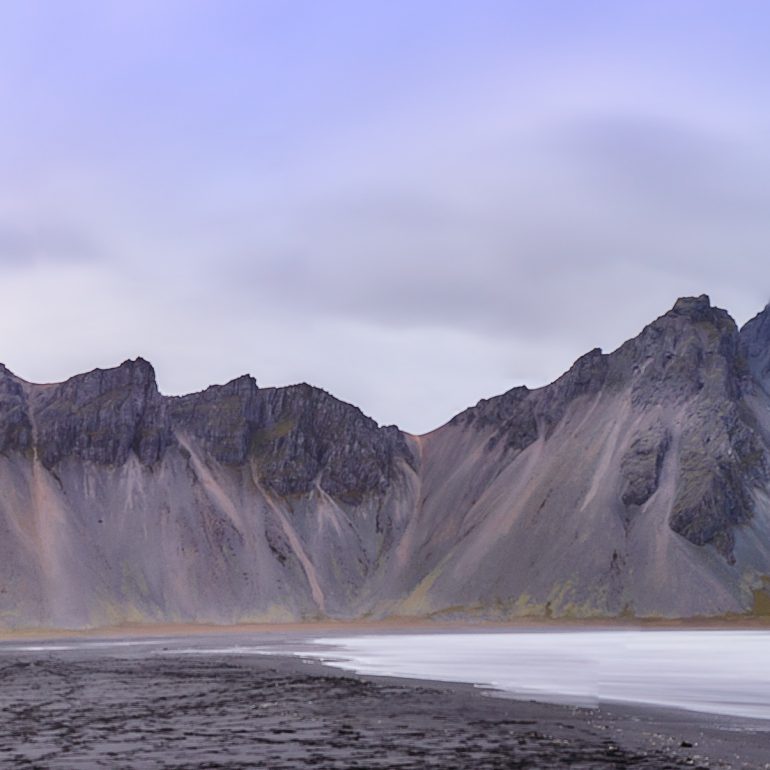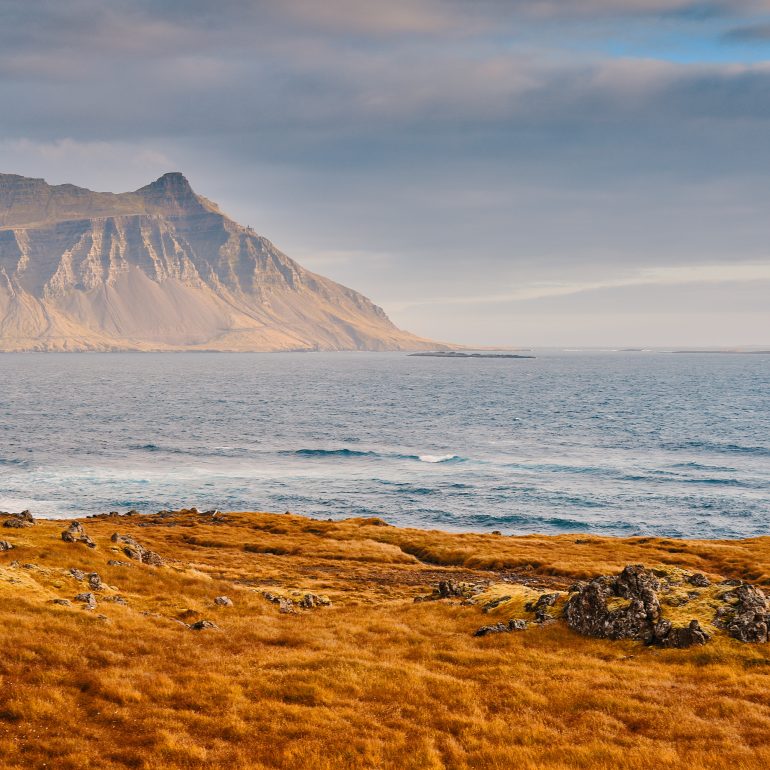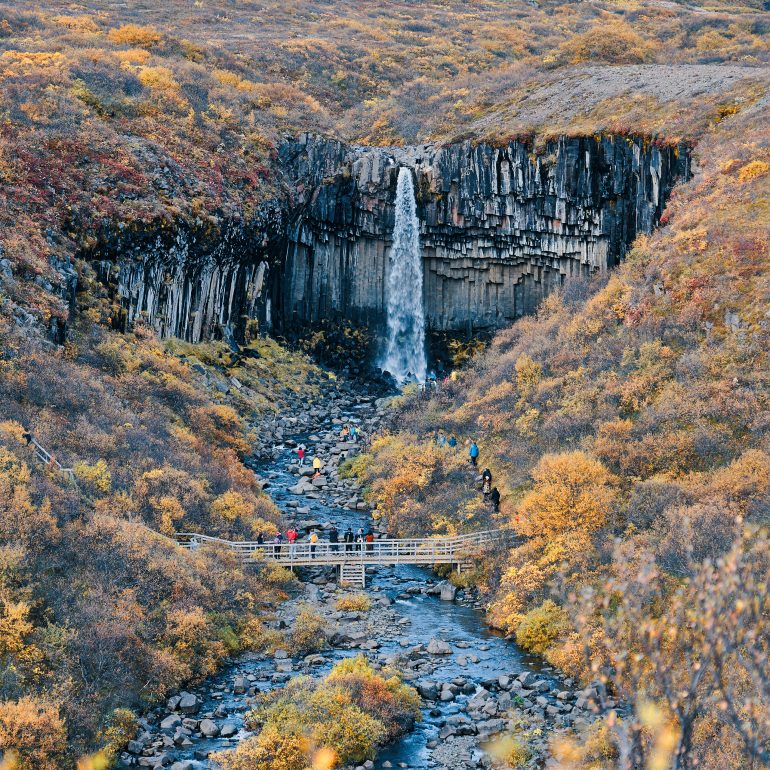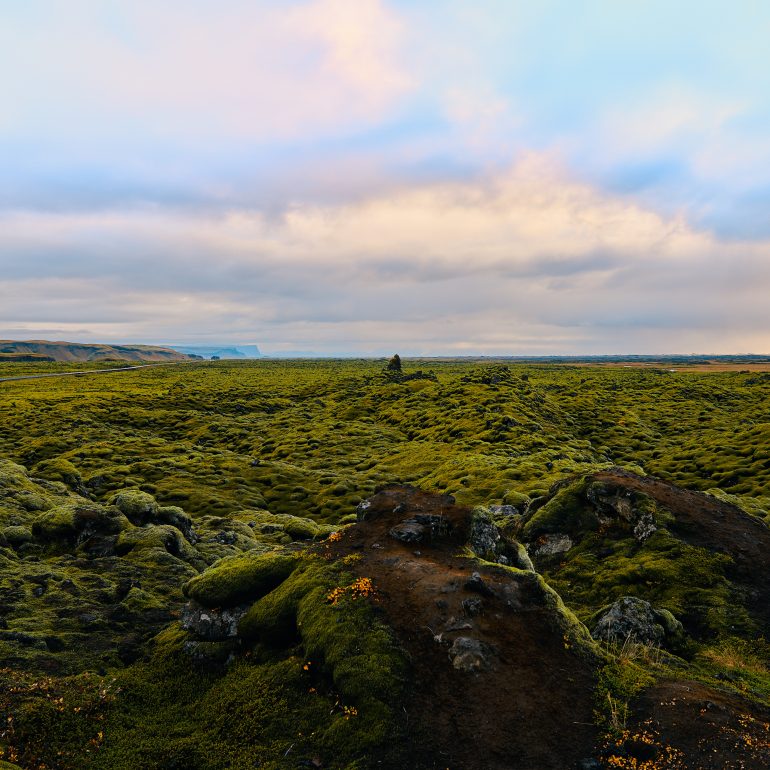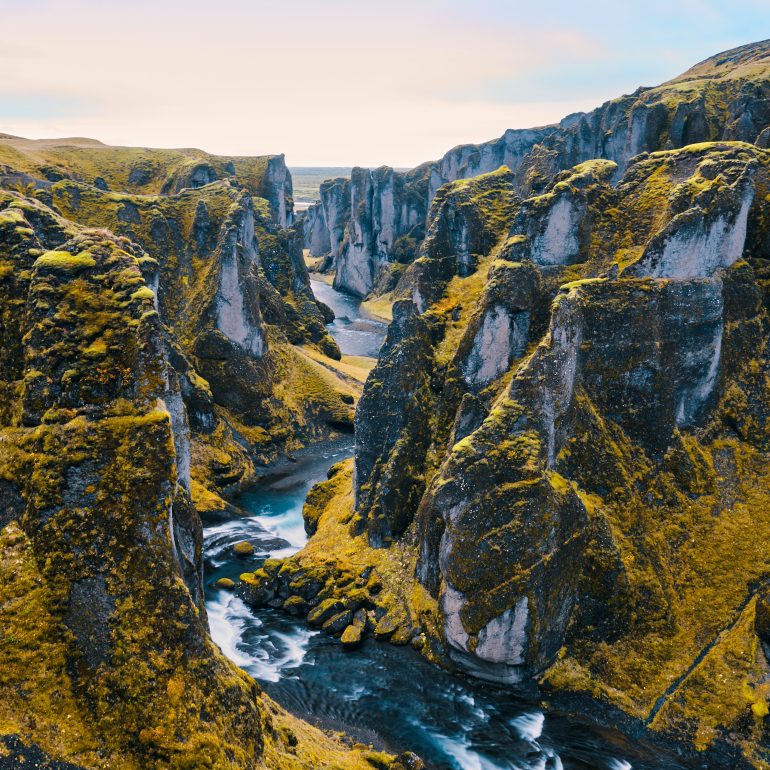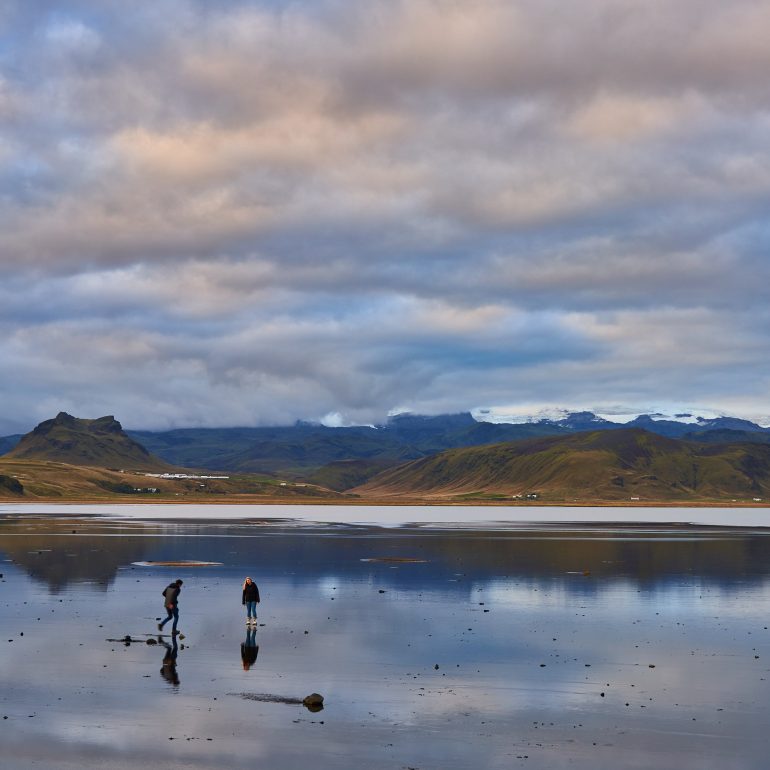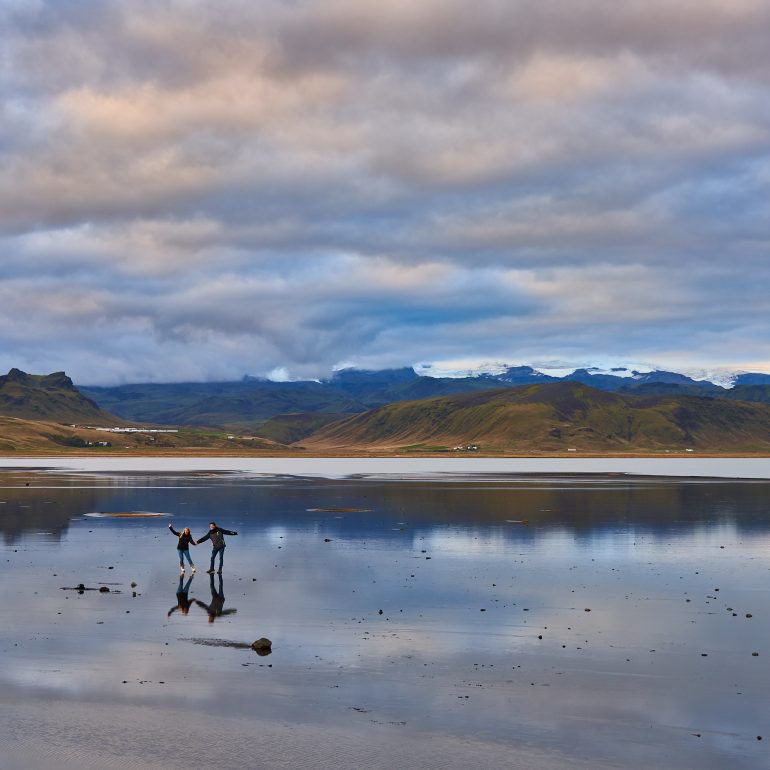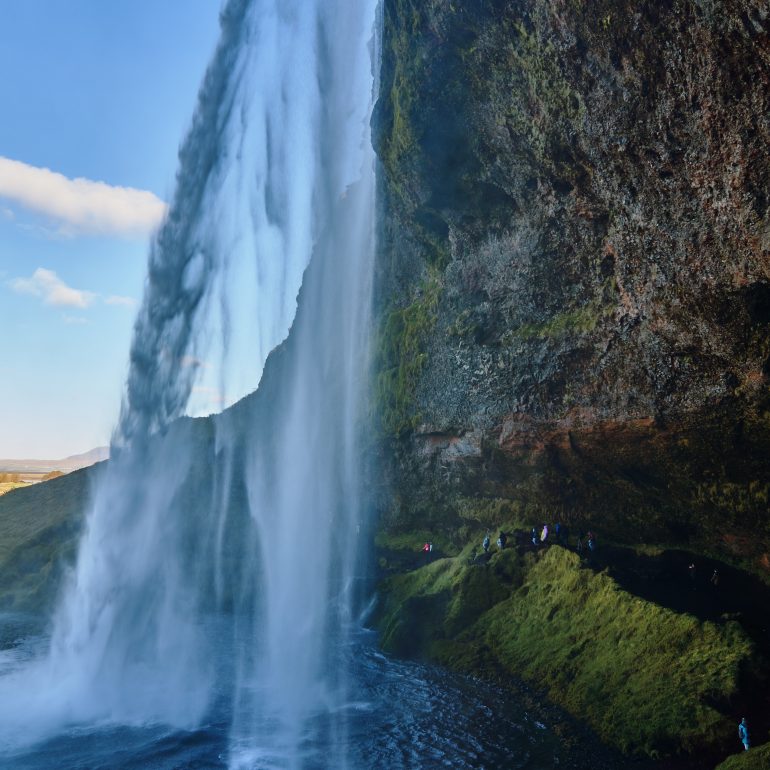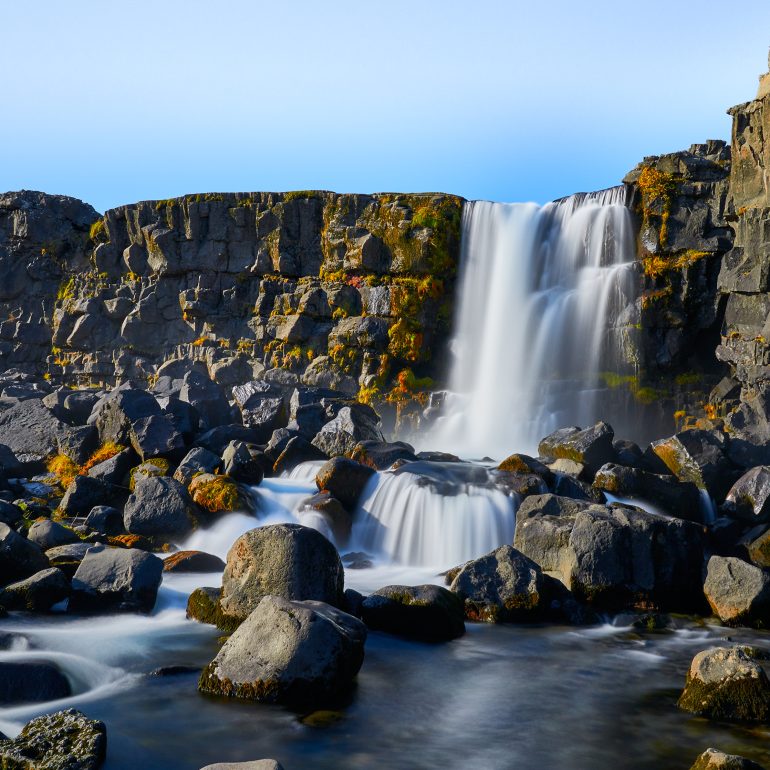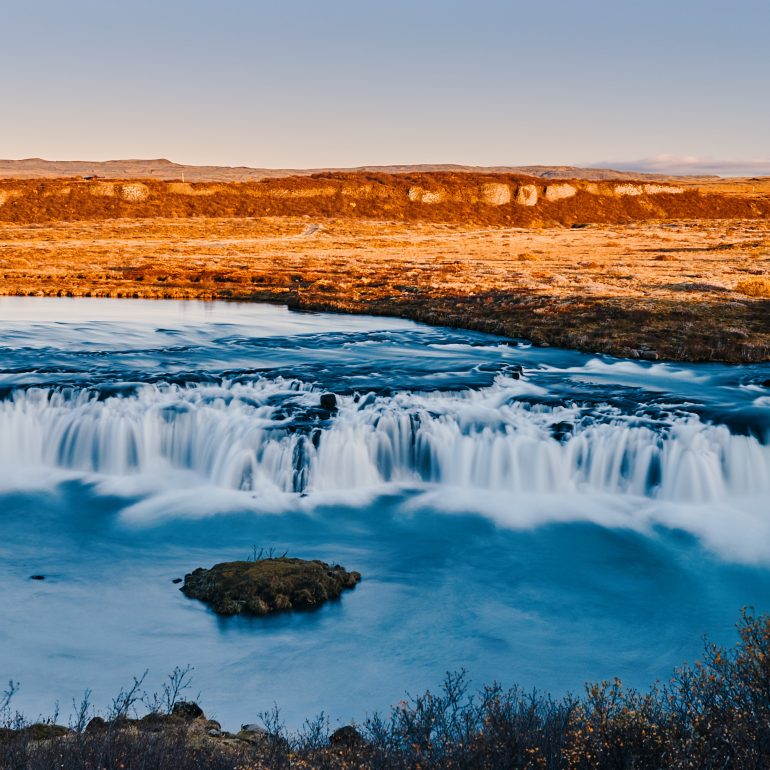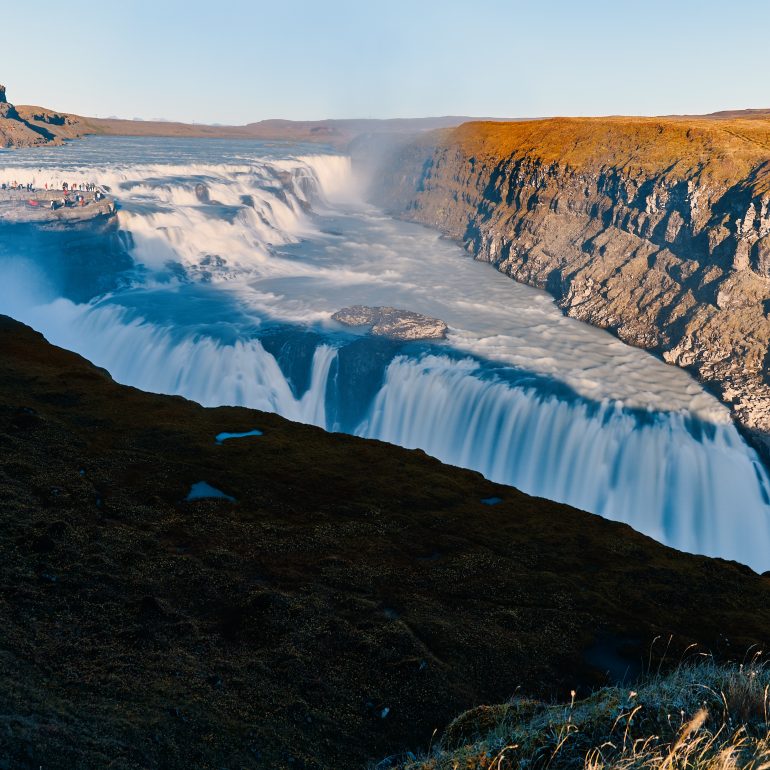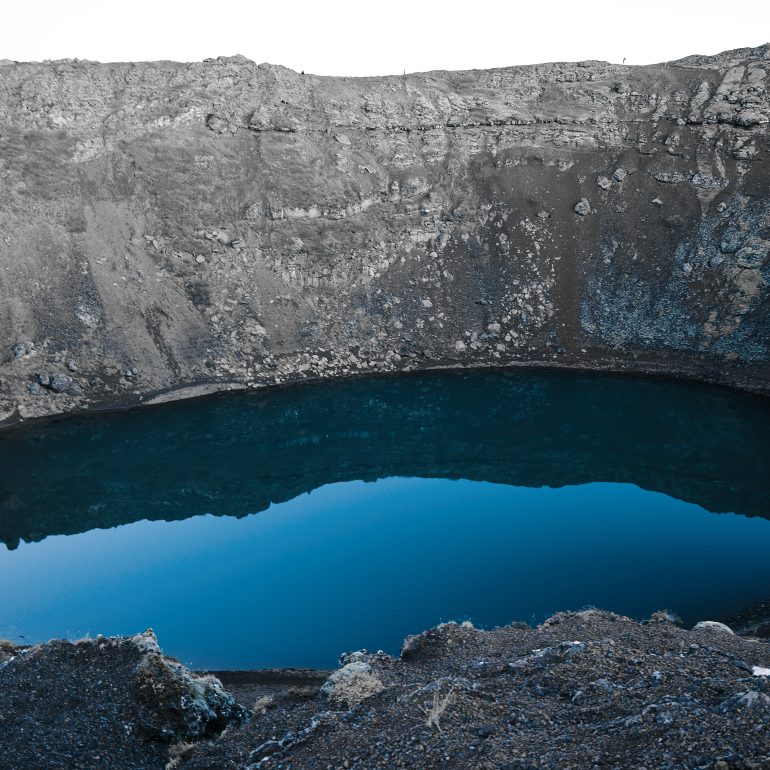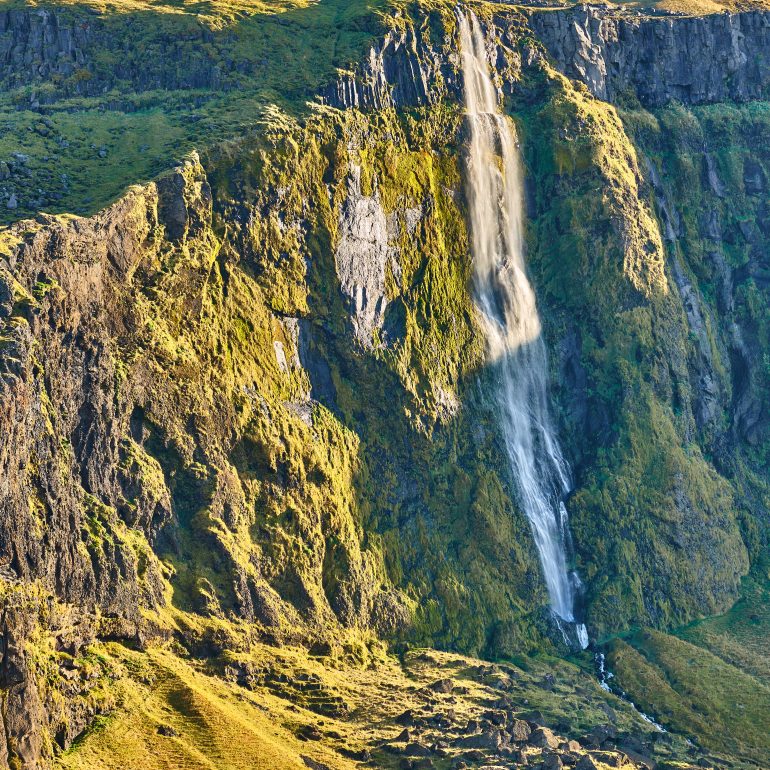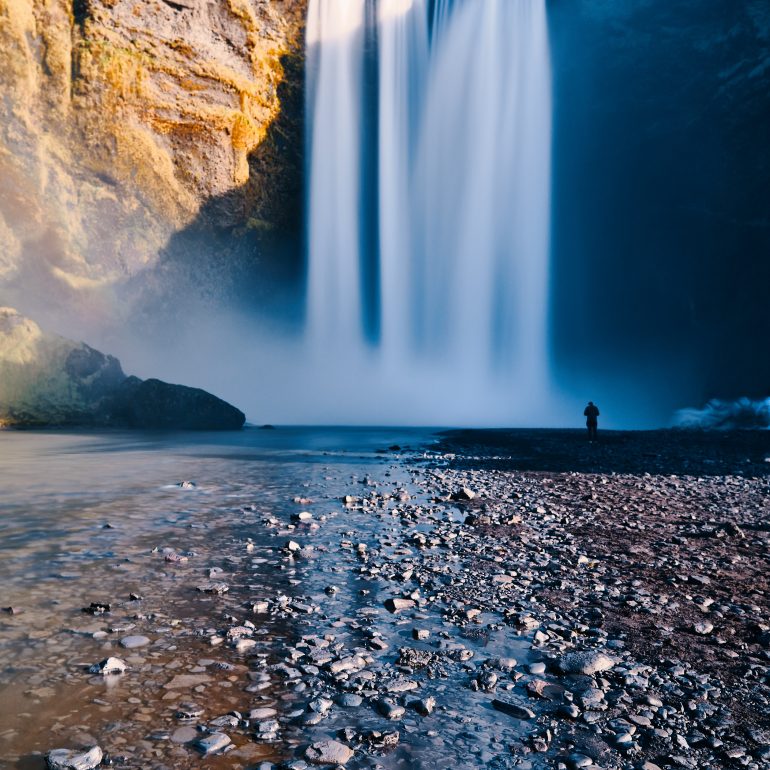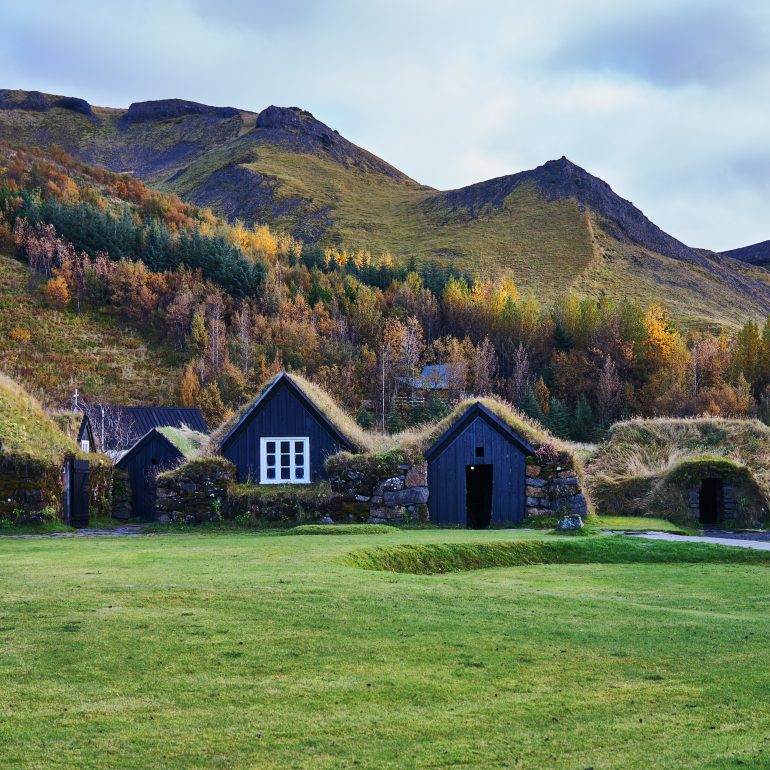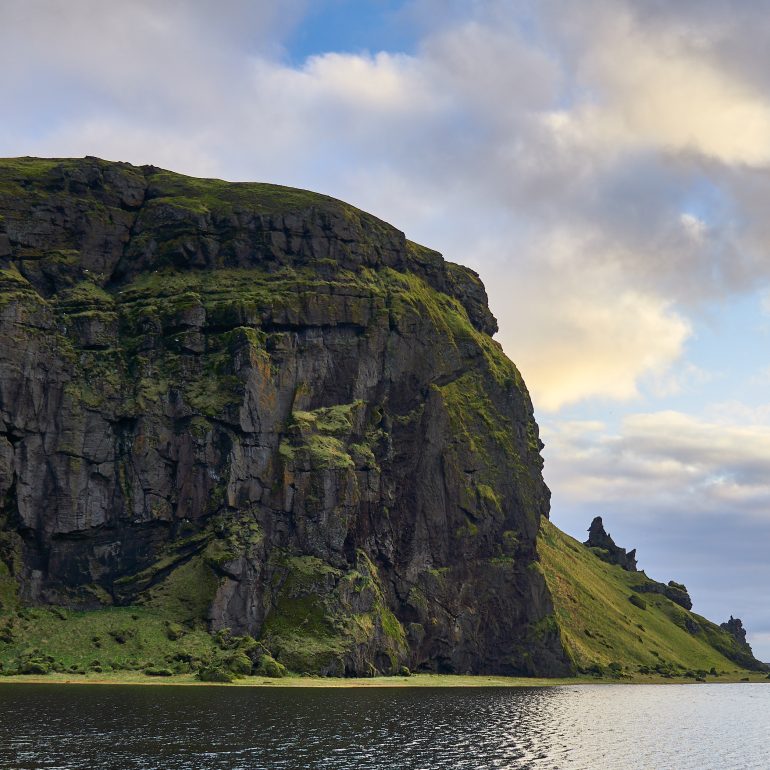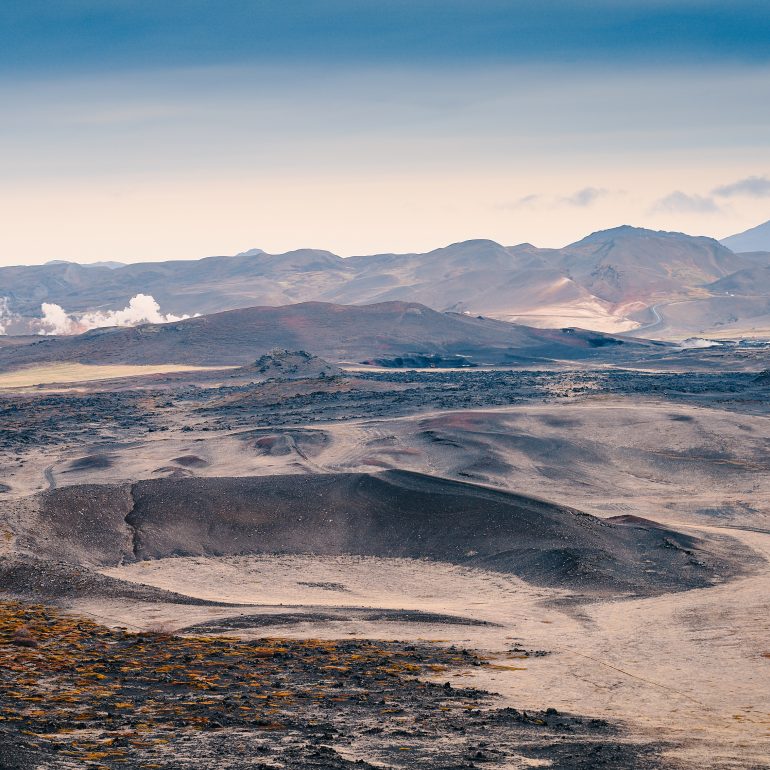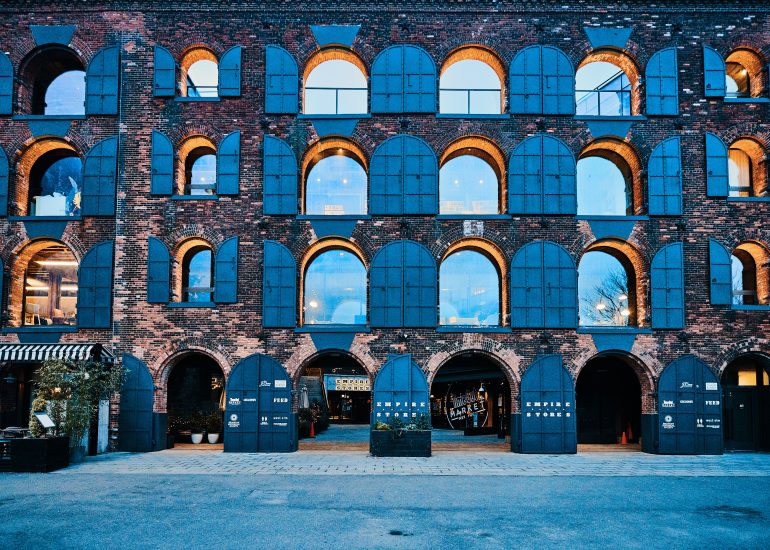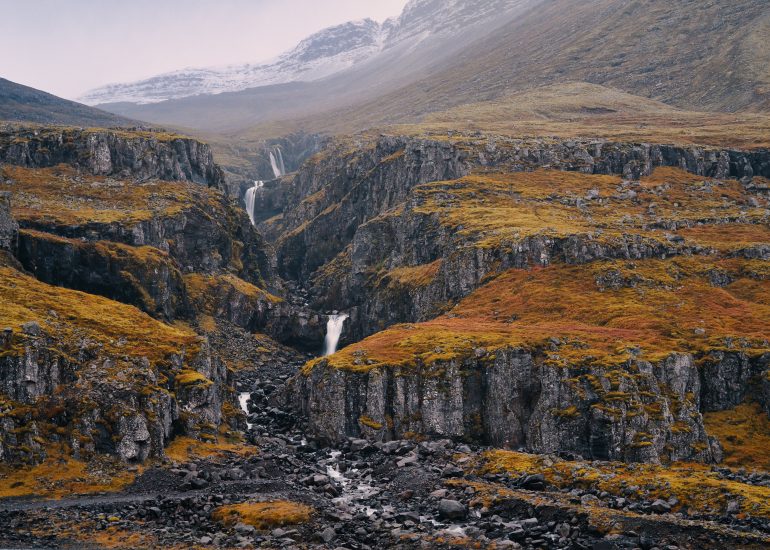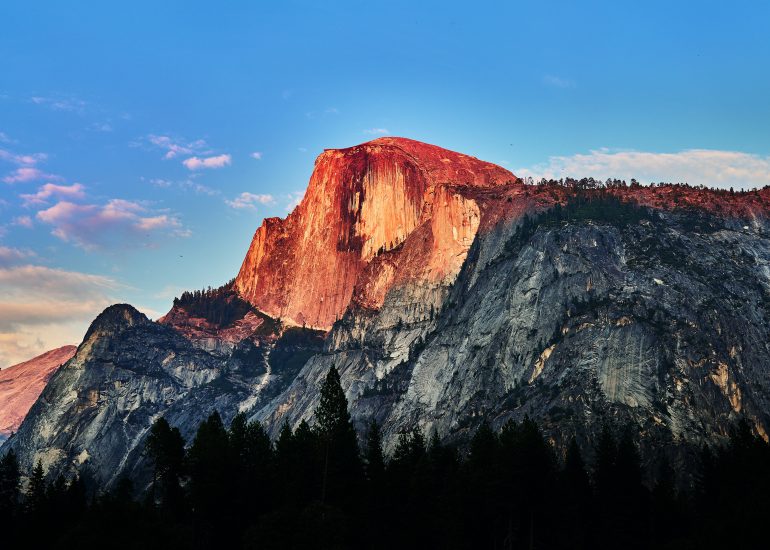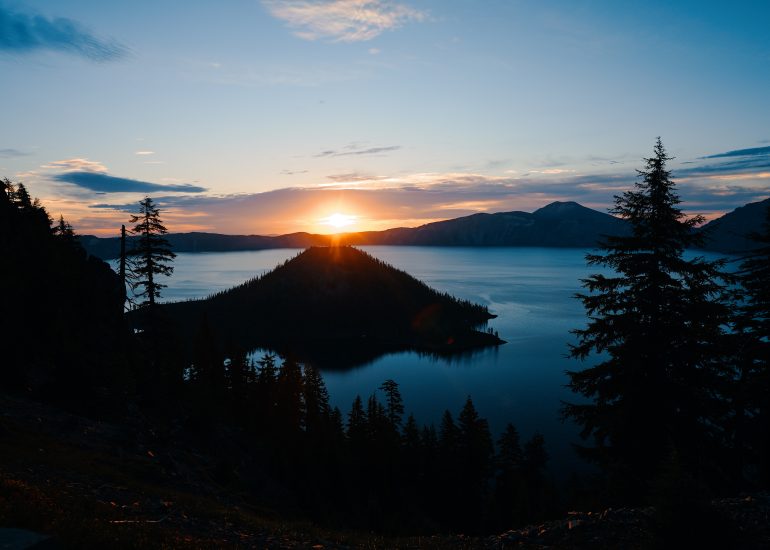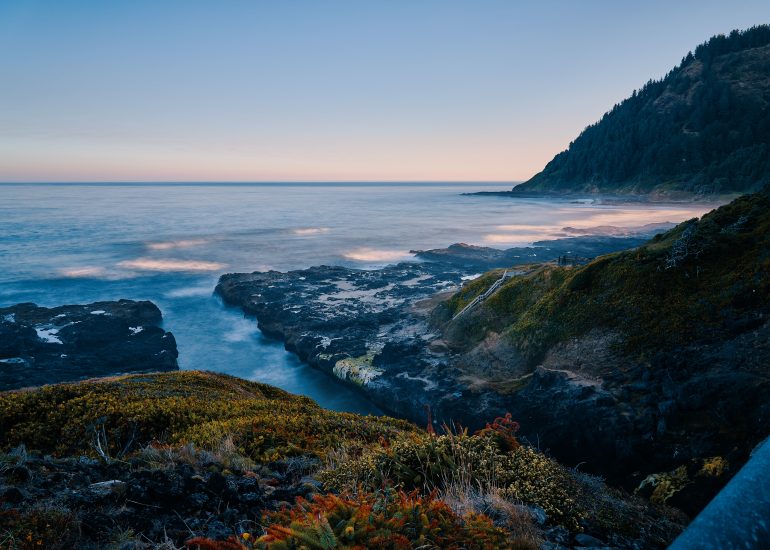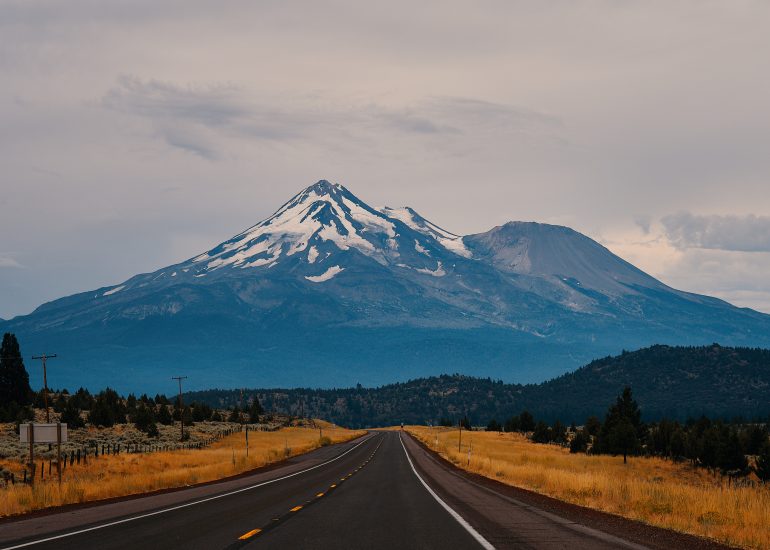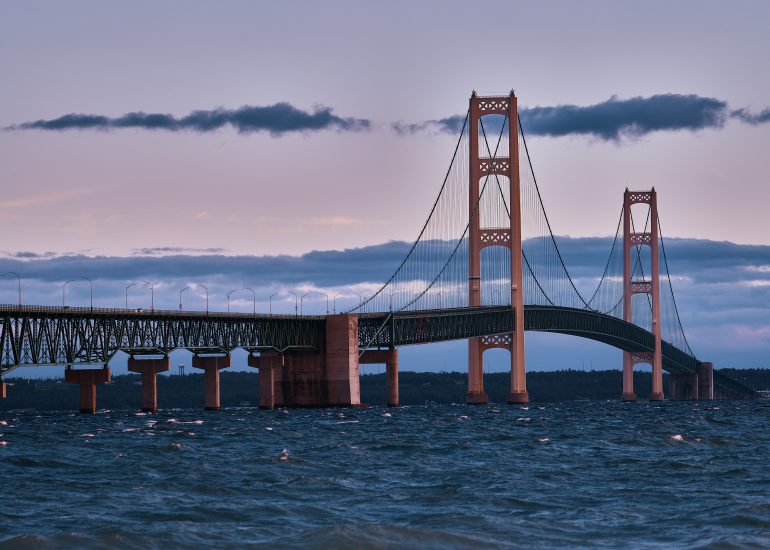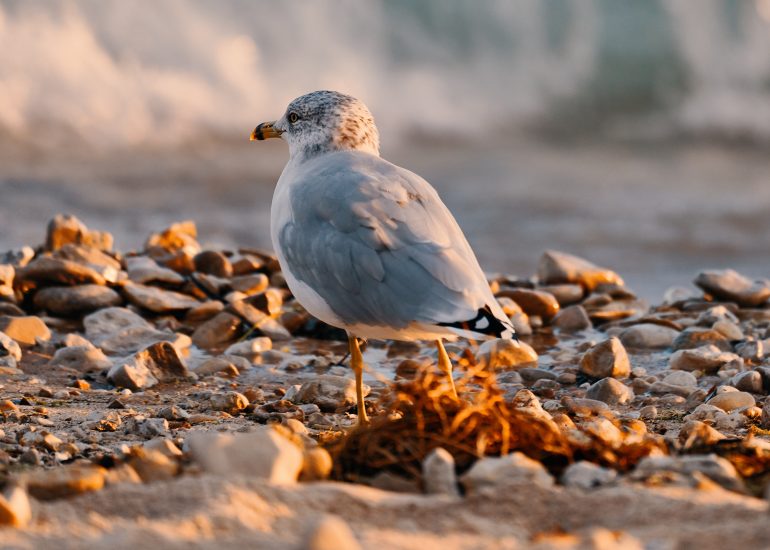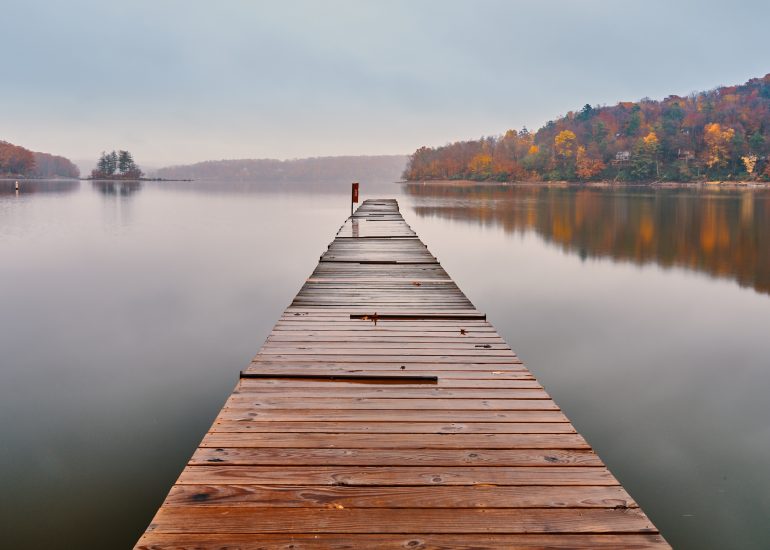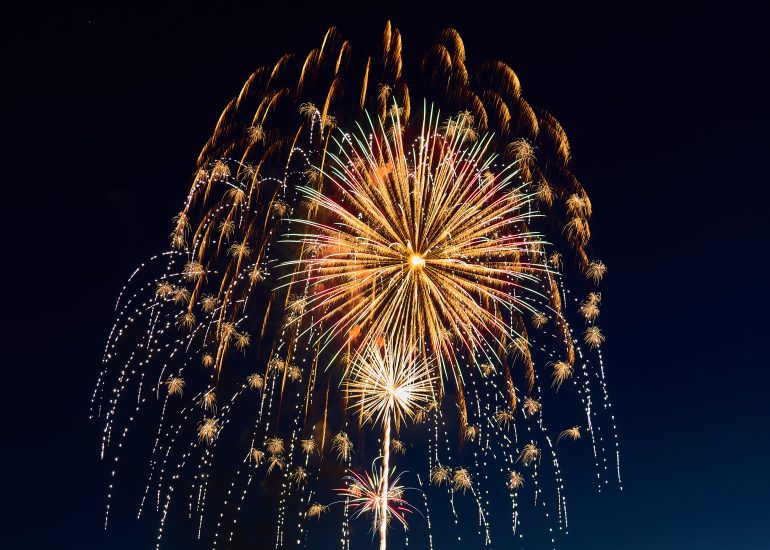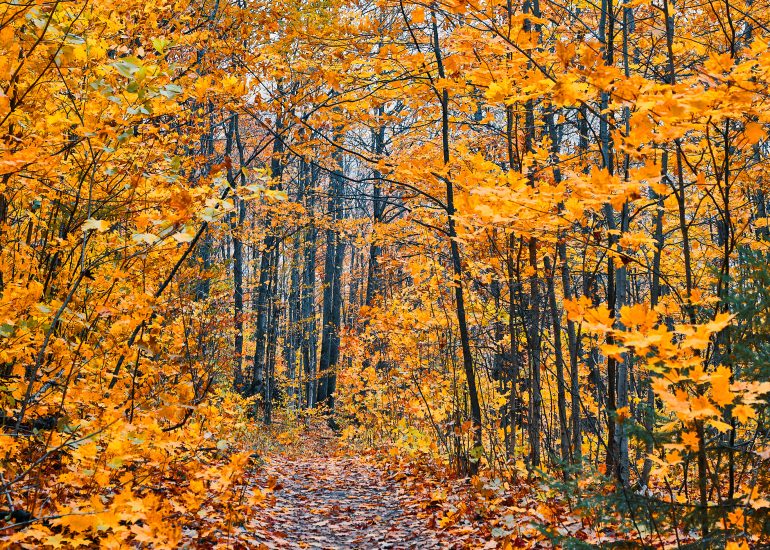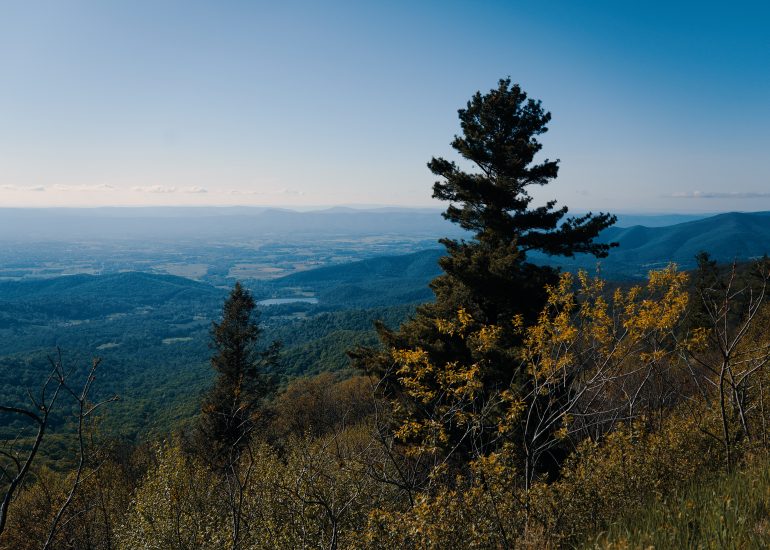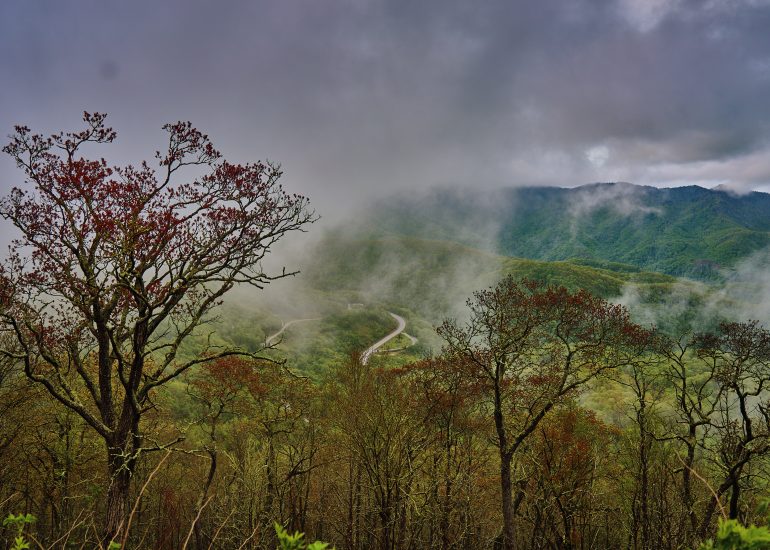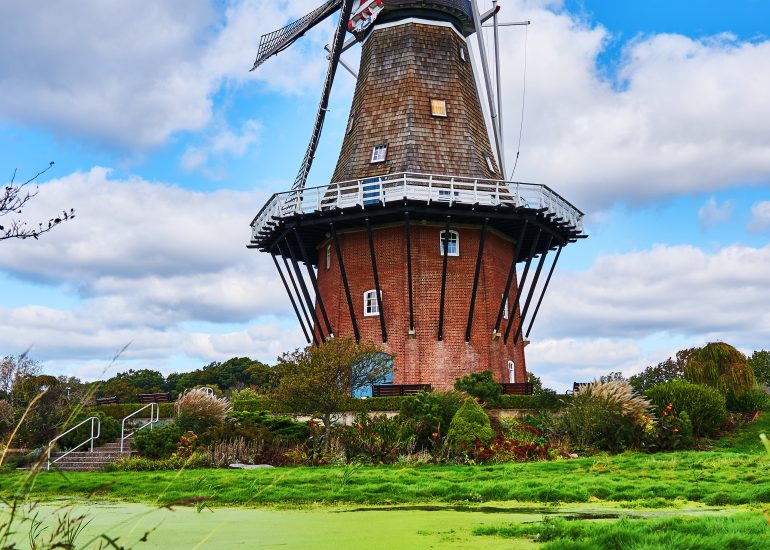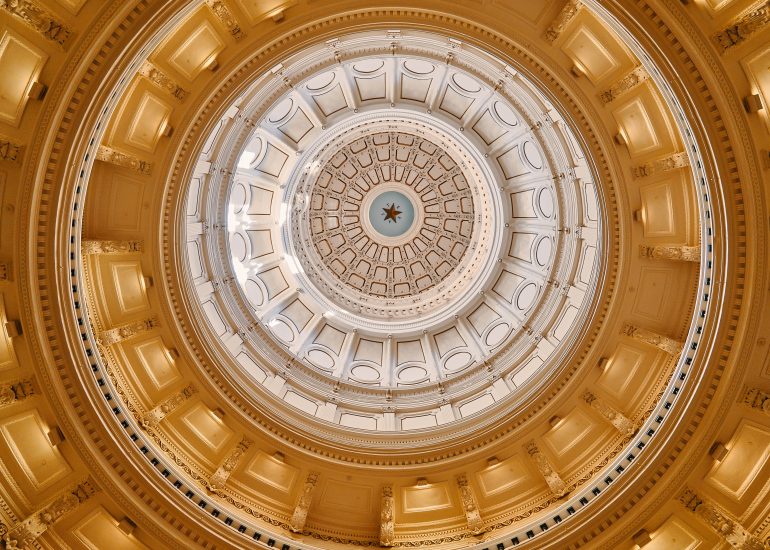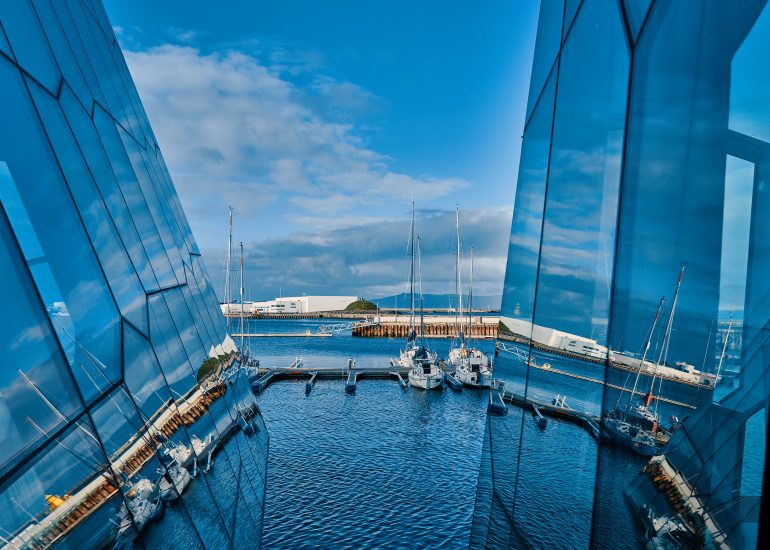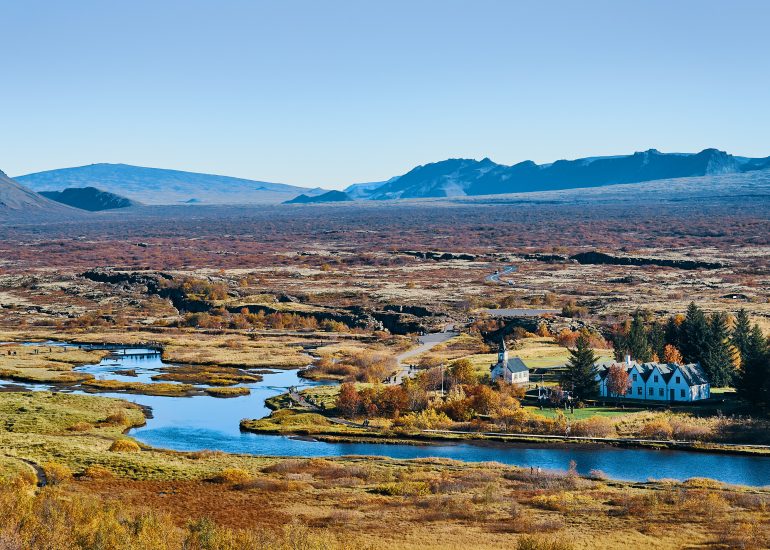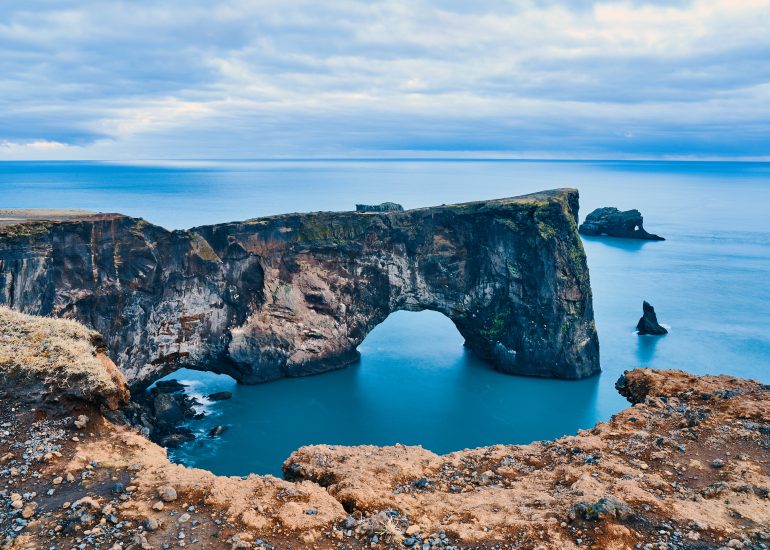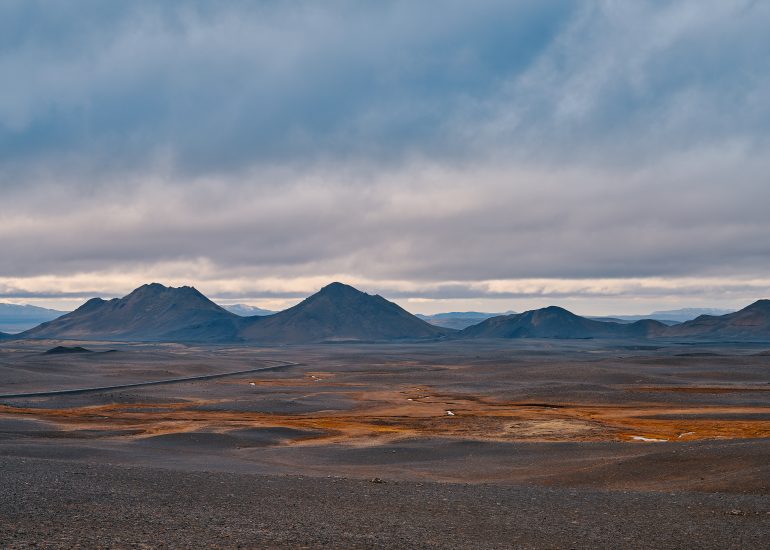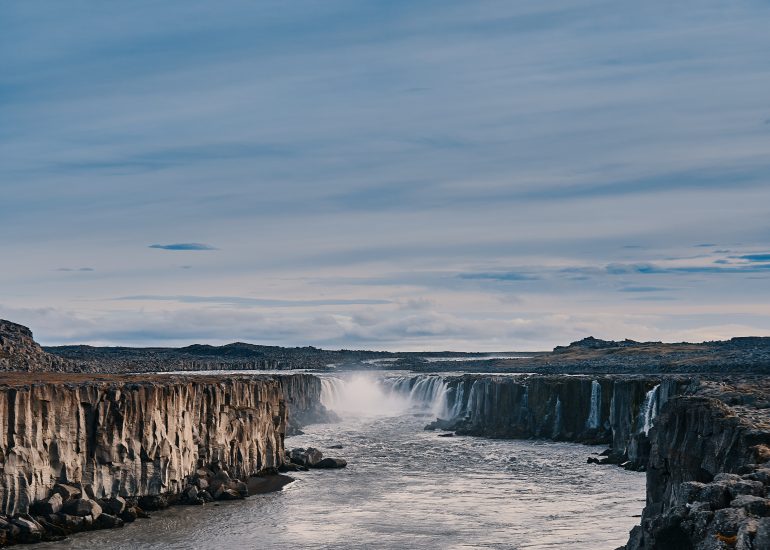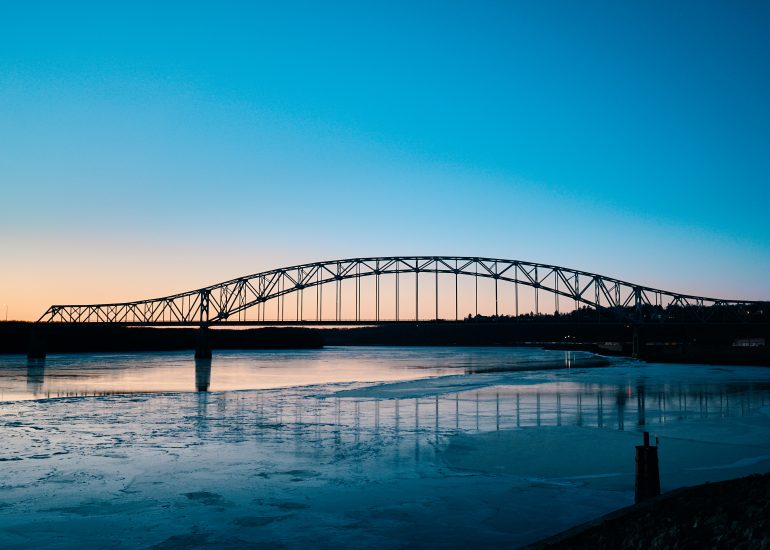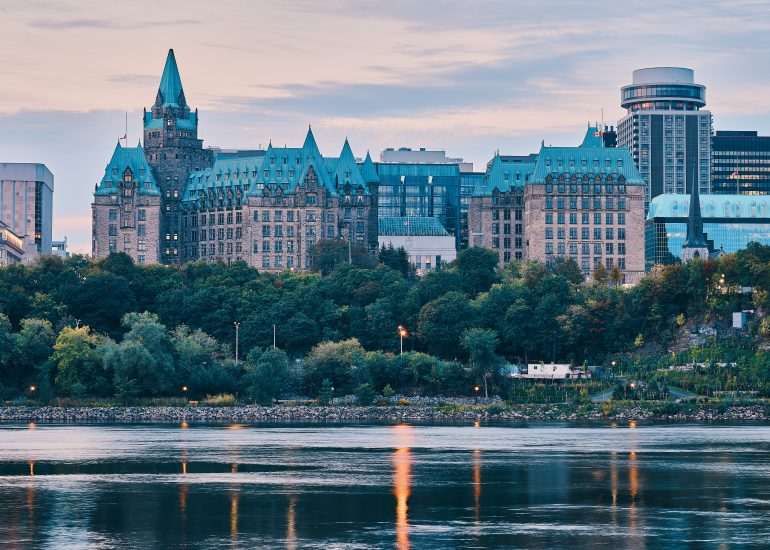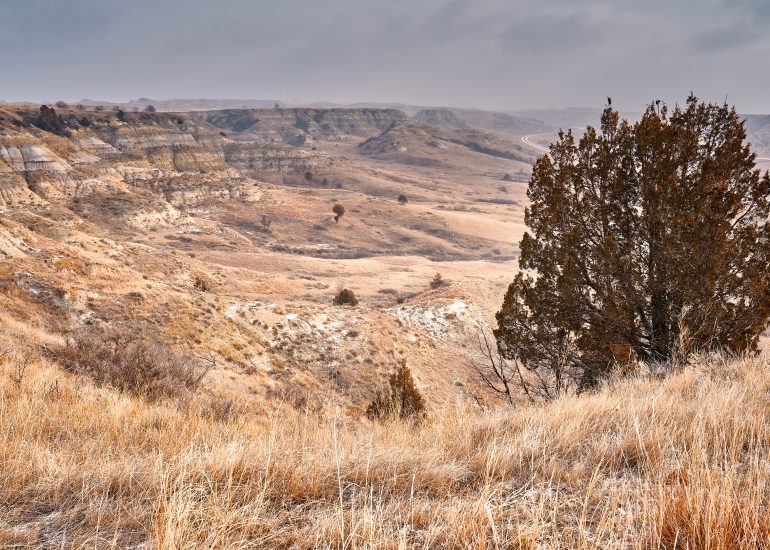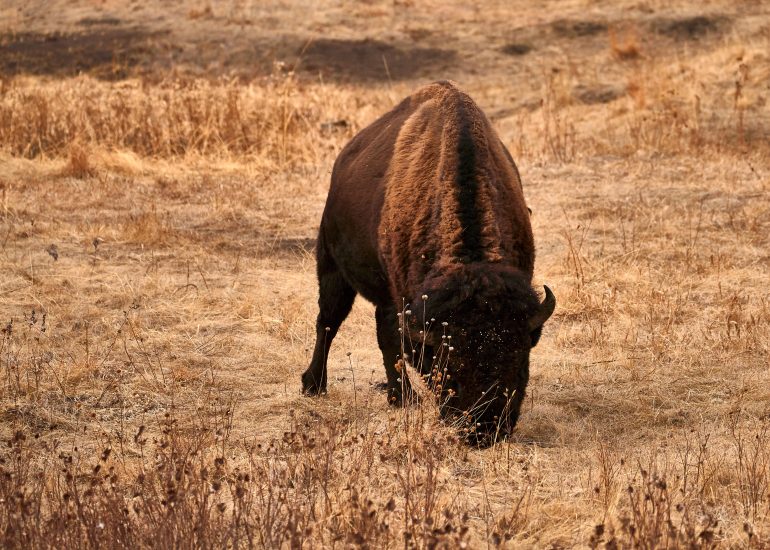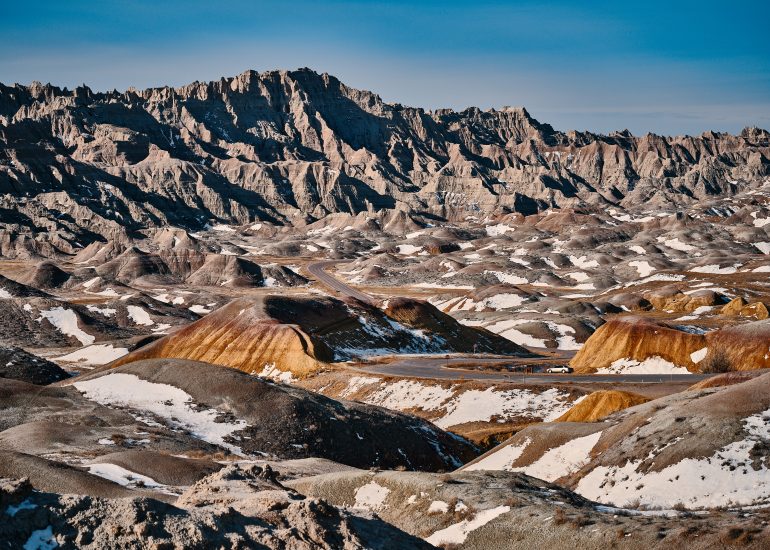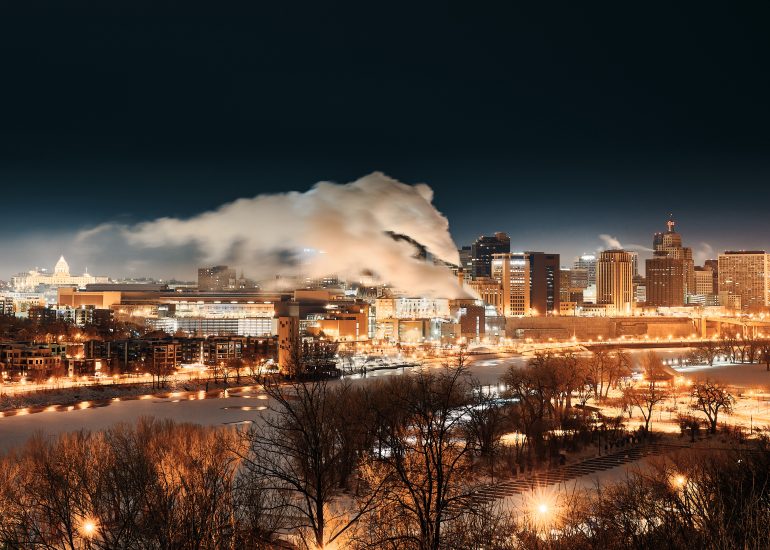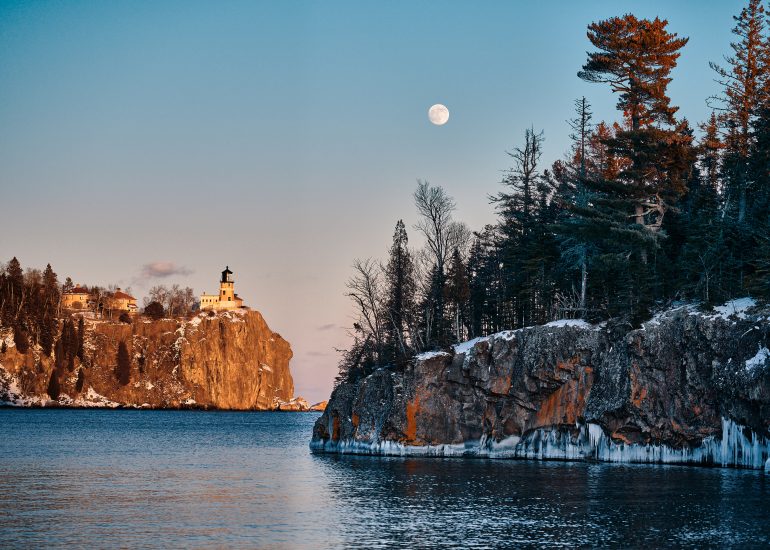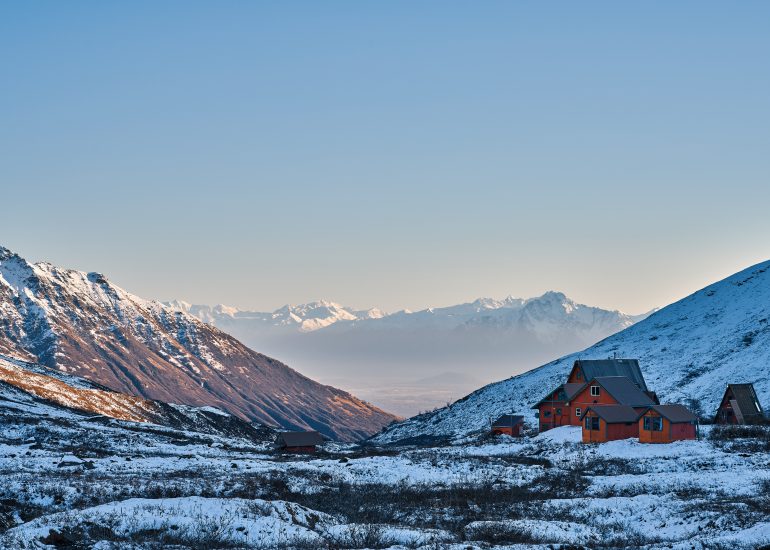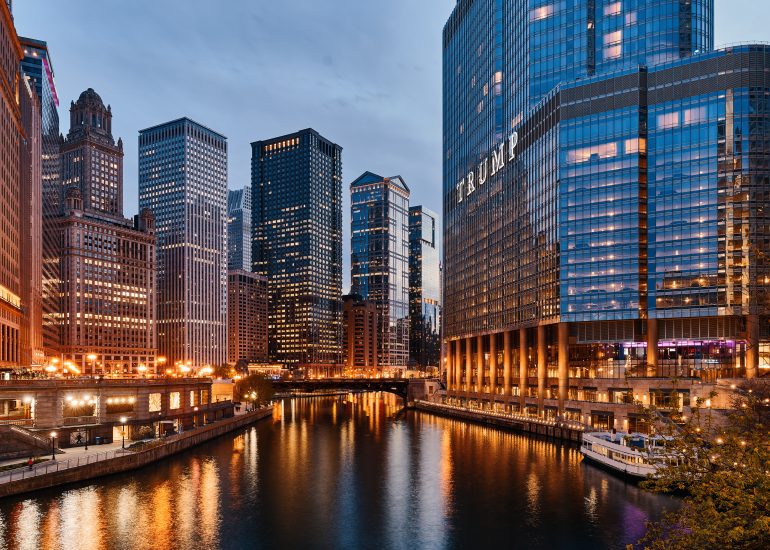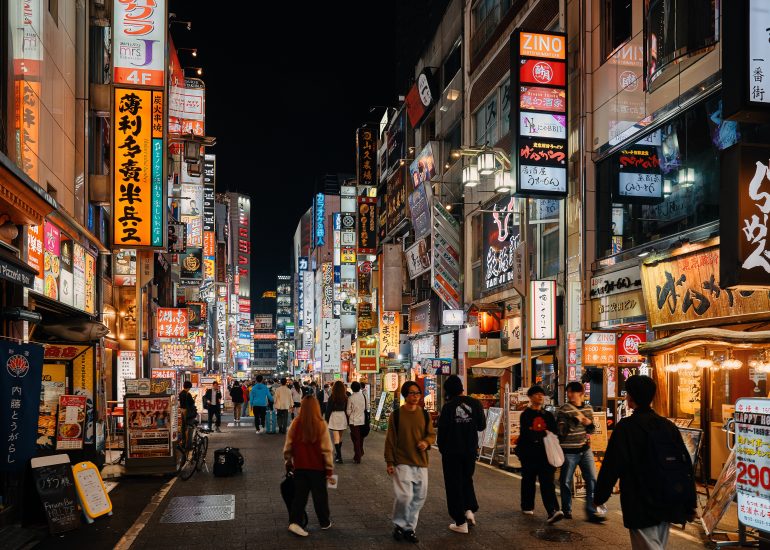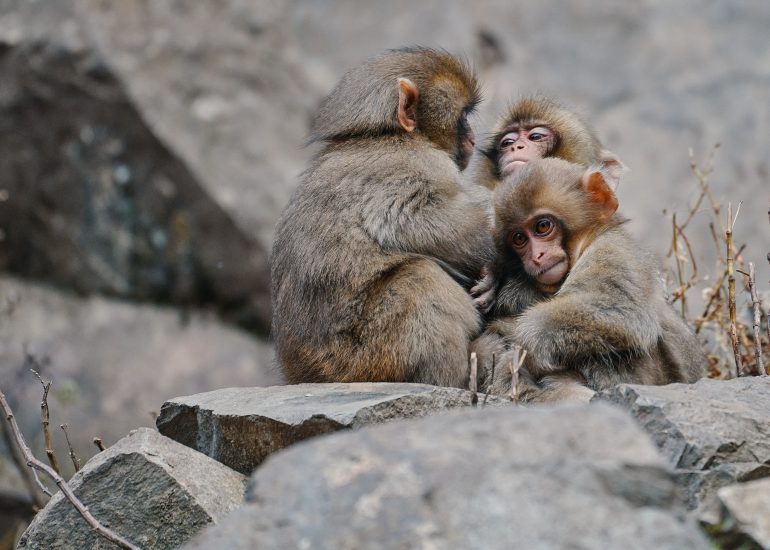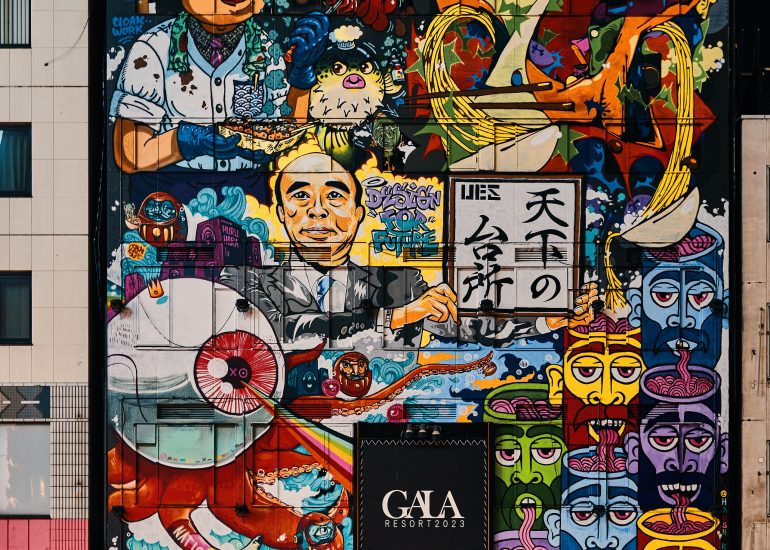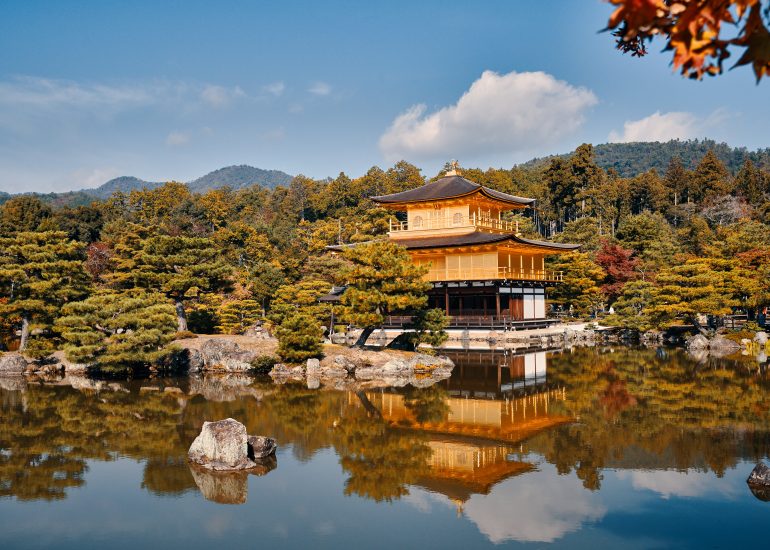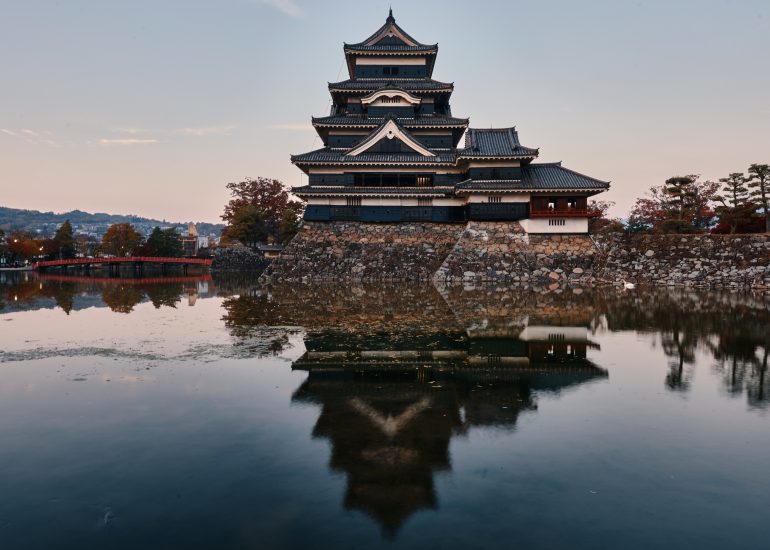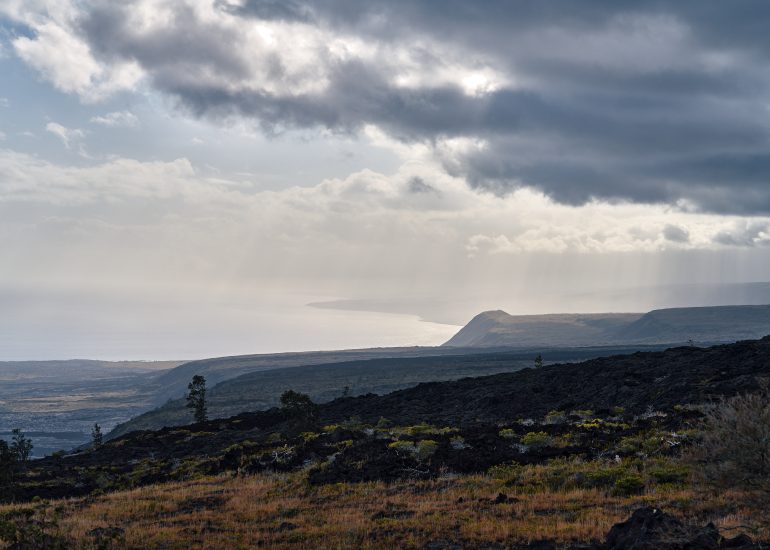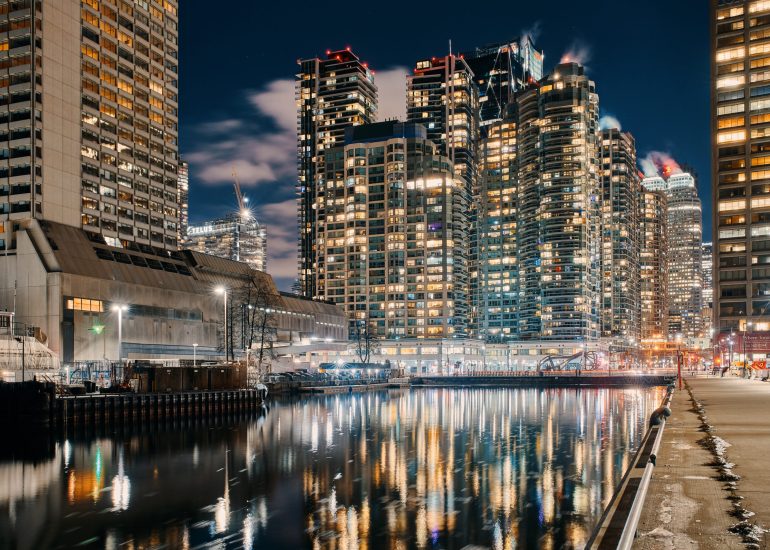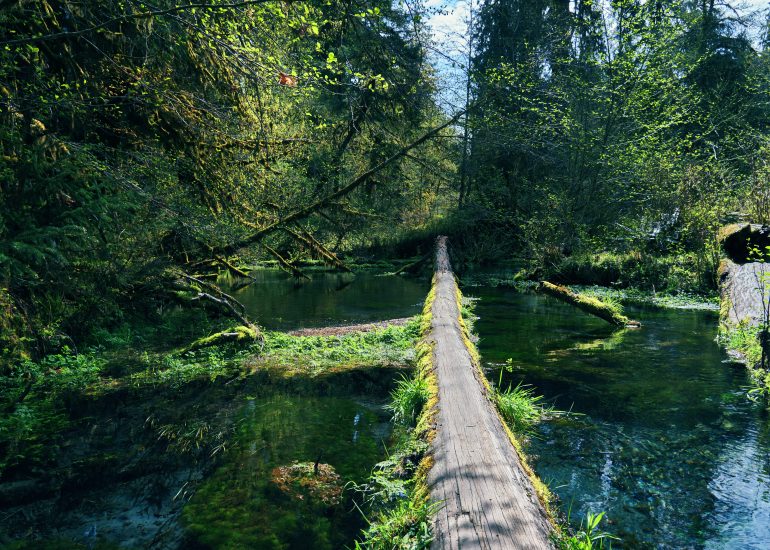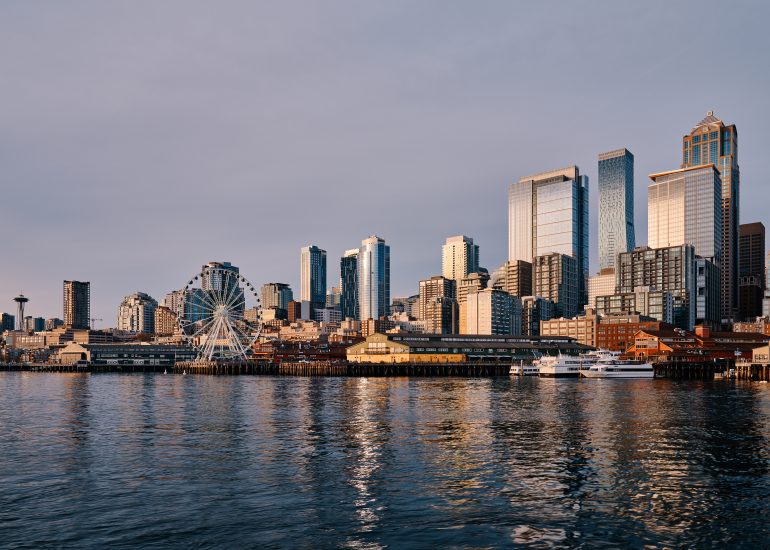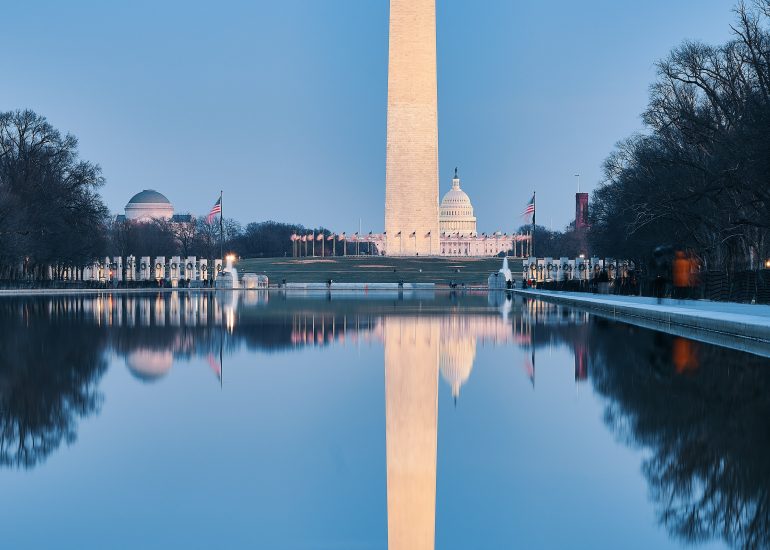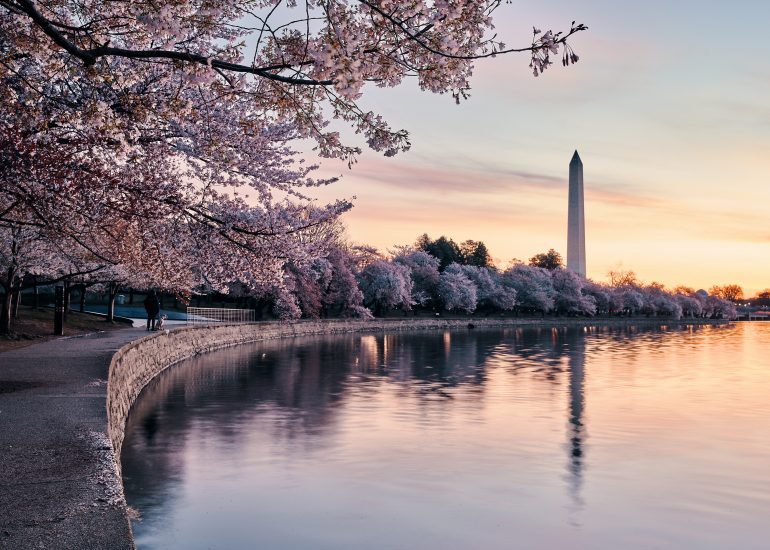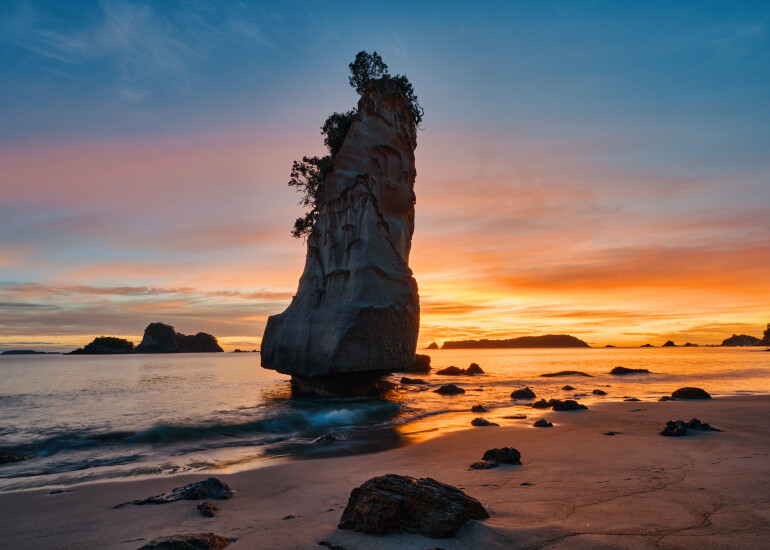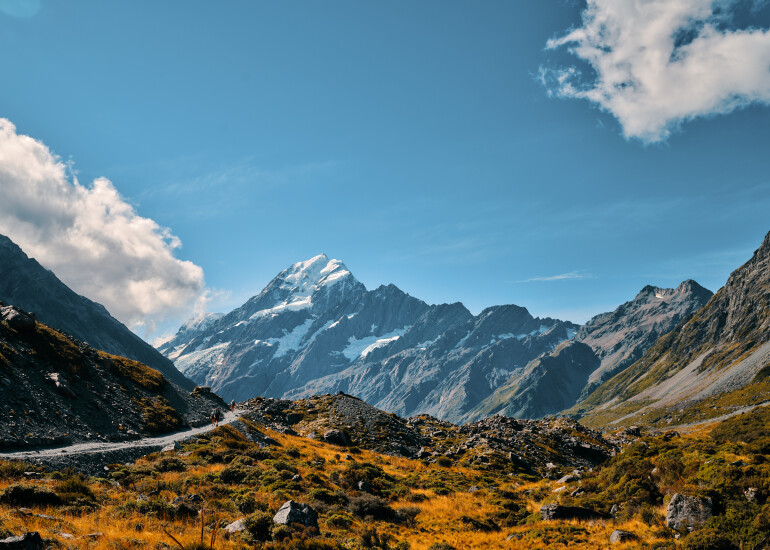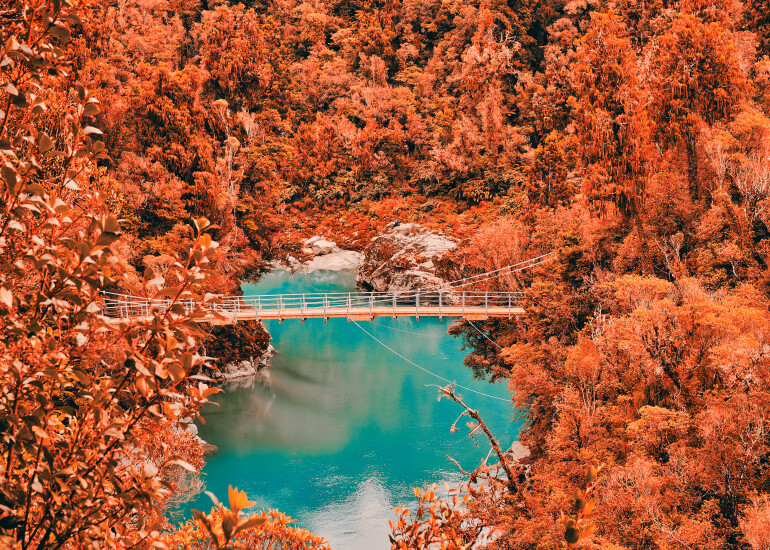Iceland
places
Iceland
Our land of lakes forever fair
below blue mountain summits,
of swans, of salmon leaping where
the silver water plummets,
of glaciers swelling broad and bare
above earth's fiery sinews —-
the Lord pour out his largess there
as long as earth continues!
- Jonas Hallgrimsson
See More
Icelandic Regions
Historically, Iceland was divided into farthings that were named after the cardinal directions. Now, Iceland is usually divided into 8 regions: Capital Region, Southern Peninsula, West, Westfjords, Northwest, Northeast, East and South. These divisions are primarily intended to assist with planning a holiday in Iceland.
Reykjavik
Reykjavik, the world’s northernmost capital, is the most populated of Icelandic regions.
Golden Circle
Golden Circle (derived from the name of Gullfoss - golden waterfall), is not actually a region, but a tourist route in southern Iceland, covering about 190 mi looping from Reykjavík to Þingvellir National Park, the Gullfoss waterfall, the geothermal area in Haukadalur (which contains the geysers Geysir and Strokku), the Kerið volcanic crater, and the town of Hveragerði.
Suðurland
Suðurland (southern region) with its largest town Selfoss encompasses most of the Golden Circle. In addition, there are waterfalls - Seljalandsfoss, Gljúfrabúi and Skogafoss, Eyjafjallajökull volcano, sand beaches of Vik (and awesome views nearby from Dyrhólaey, Kirkjufjara and Reynisdrangar), Eldhraun lava field, and 2 million old river canyon of Fjaðrárgljúfur.
Austurland
Austurland (eastern region) with its largest town Egilsstaðir is home for a jagged coastline of Austfirðir (Eastfjords). In addition, there are glaciers - Svinafellsjokull and Vatnajökull (the largest in Iceland covering 9% of the country and part of Vatnajökull national park), horn shaped mountains - Vestrahorn, Jökulsárlón glacier lagoon, waterfalls Svartifoss (in Skaftafell national park), Sveinsstekksfoss, Folaldafoss, Rjukandi, and an iconic town of Seydisfjordur with rainbow painted streets.
Norðurland
Norðurland (comprising of Norðurland eystra and Norðurland vestra regions) with towns of Akureyri and Sauðárkrókur is home for several incredible wonders: Hverir geothermal fields, Mývatn geothermal area surrounding Lake Mývatn, caldera of Krafla volcano, a kilometer wide Hverfjall crater, pseudo-craters in Skútustaðagígar, Hofdi nature reserve, the basalt rock Hvítserkur and gigantic waterfalls of Dettifoss and Hafragilsfoss, and Selfoss.
Vesturland
Vesturland (western region) with its largest town of Akranes, is famed for Snæfellsjökull National Park and its several iconic spots: Kirkjufell mountain, black-pebbled Djúpalónssandur and Dritvík beaches, Londrangar basalt cliffs, coastal villages of Arnarstapi and Hellnar, Gerðuberg cliffs, Eldborg Crater, and numerous waterfalls: Barnafoss, Kirkjufellsfoss, Glymur, Hraunfossar and Bjarnarfoss.
See More
Icelandic Attractions
Known as "The Land of Fire and Ice", Iceland is home to the largest glaciers in Euruope, some of the world's most active volcananoes with long summer days and short winter days of few hours of daylight. Yet, Iceland is also known for its numerous waterfalls, churches and iconic lifestock.
Icelandic Waterfalls
Starting with the most famous of Icelandic waterfalls, the aptly named Gullfoss ('The Golden Waterfall') that belongs to the famous Golden Circle, Iceland is home for numerous gigantic waterfalls.
Icelandic Churches
For a nation of only 330,000 people, there are more than 350 churches across Iceland, which leads some to think think that Icelanders are particularly religious. While 85% of Iceland's inhabitants are supposedly Christian, the country is considered the sixth-most atheistic nation globally.
Icelandic Livestock
The Icelandic horse, long-lived and hardy, is a breed of horse developed in Iceland. These are small and at times pony-sized. In addition, raising of livestock, sheep (the traditional mainstay) and cattle is the main occupation in Icelandic agriculture.
- All Items
- Reykjavík
- Glymur
- Icelandic Horse
- Dragavegur
- Hvítá river
- Borgarnes
- Snæfellsnes
- Hvitserkur
- Goðafoss
- Oxnadalur
- Akureyri
- Rjukandi
- Seydisfjordur
- Eastfjords
- Vestrahorn
- Skaftafell
- Eldhraun
- Fjaðrárgljúfur
- Vatnajökull
- Jökulsárlón
- Vik
- Seljalandsfoss
- Gljúfrabúi
- Þingvellir
- Faxi
- Gullfoss
- Geysir
- Kerid Crater
- Þjóðvegur
- Skógafoss
- Jökulsárgljúfur
- Mývatn
Recently in Portfolio


